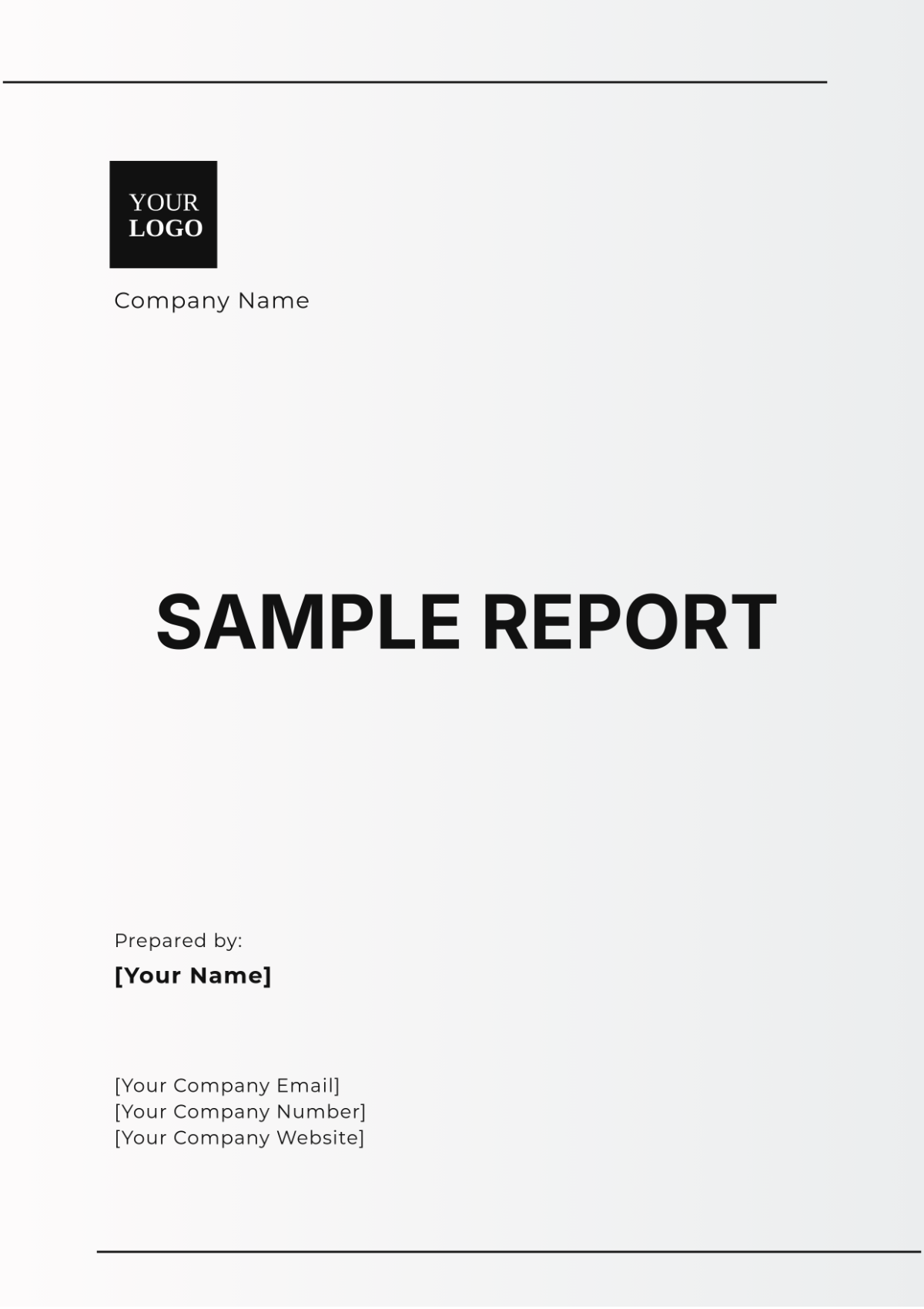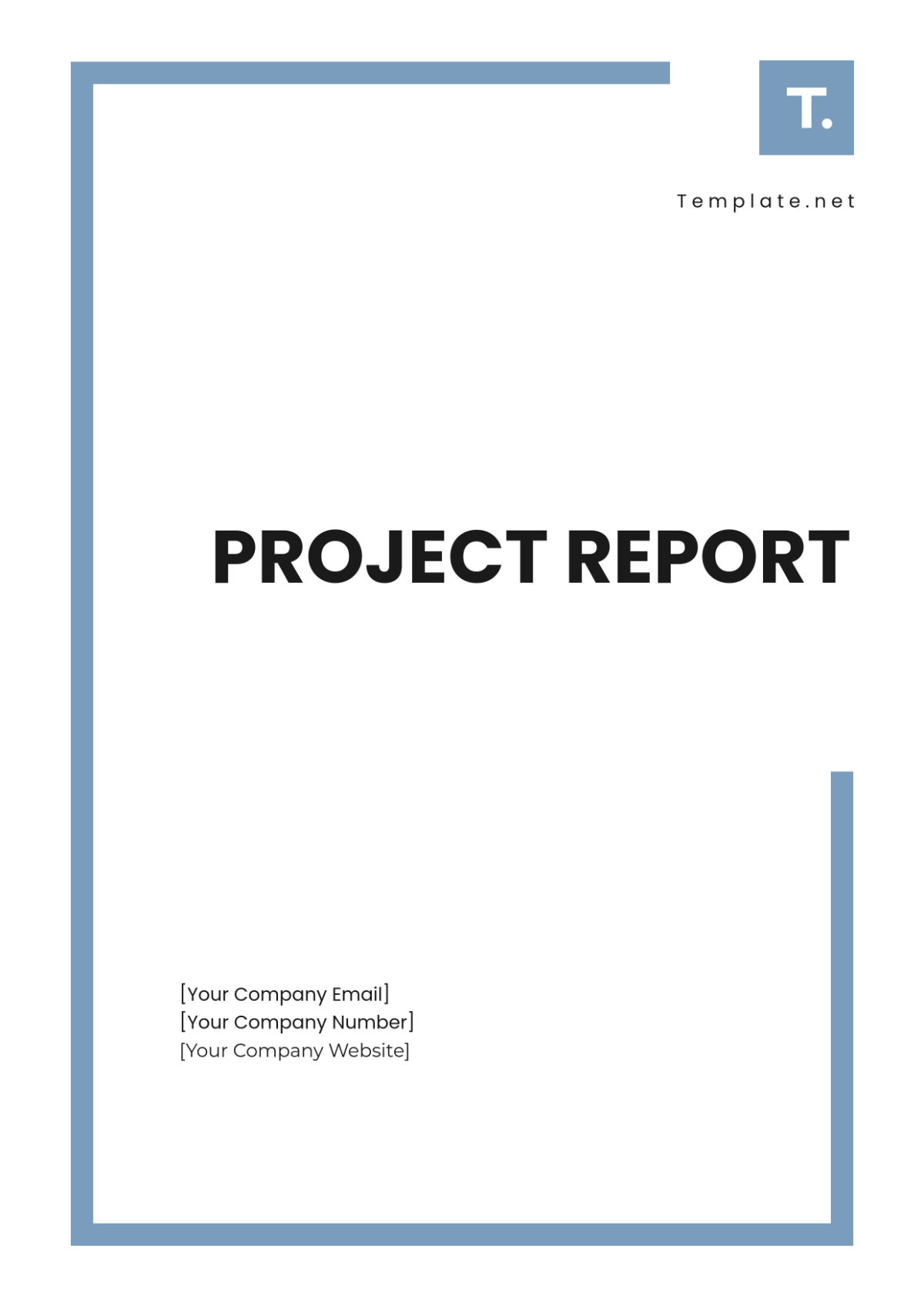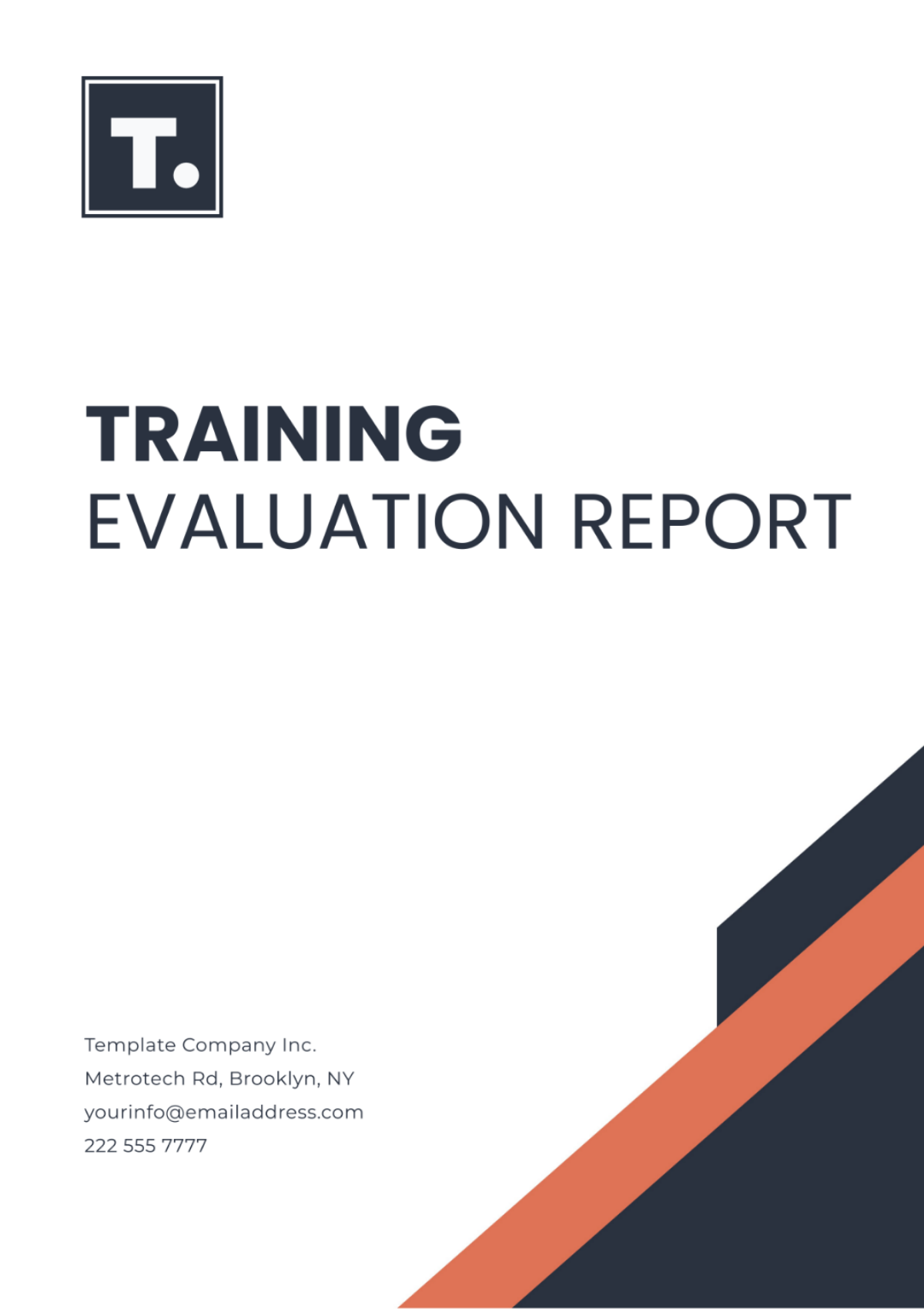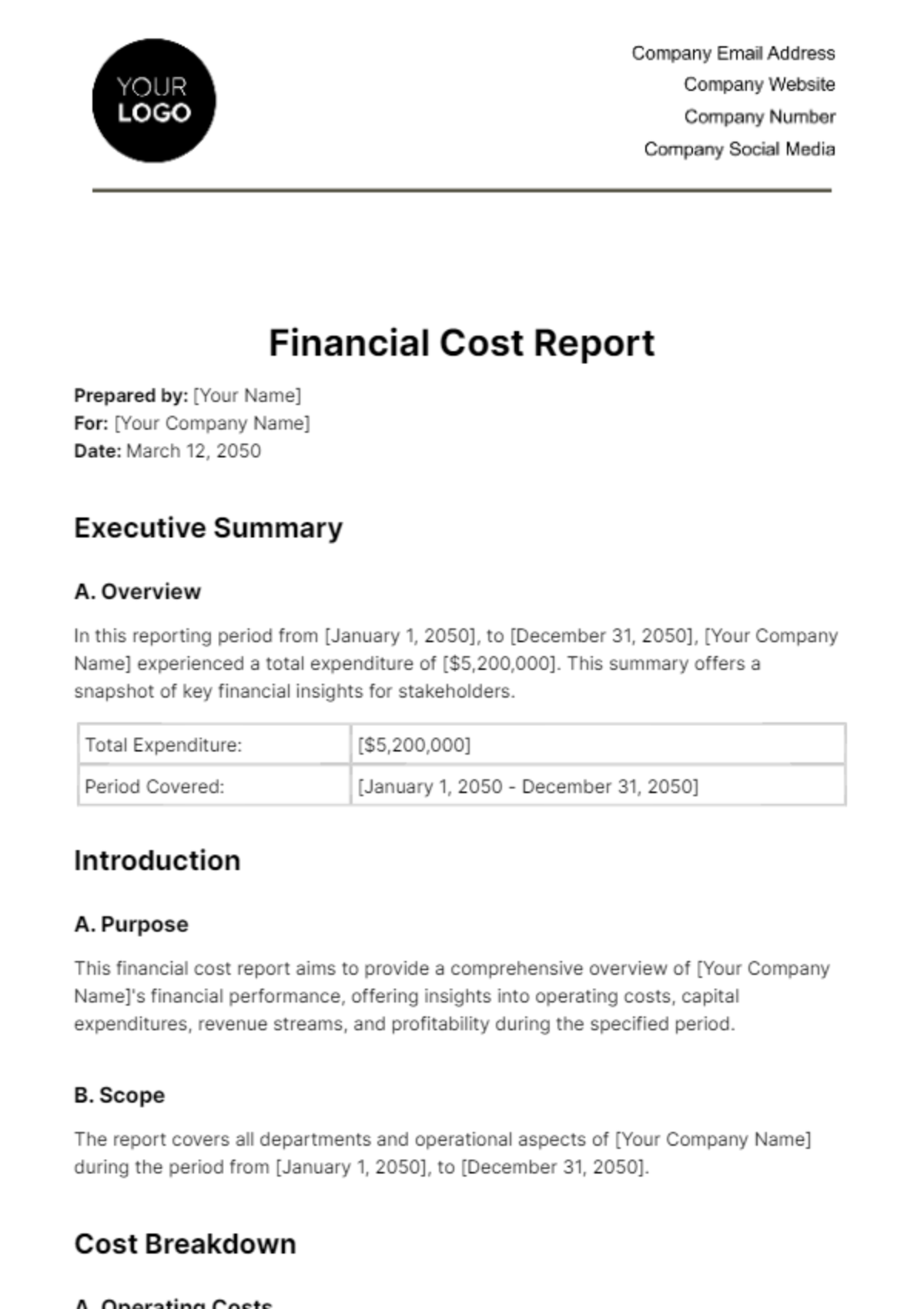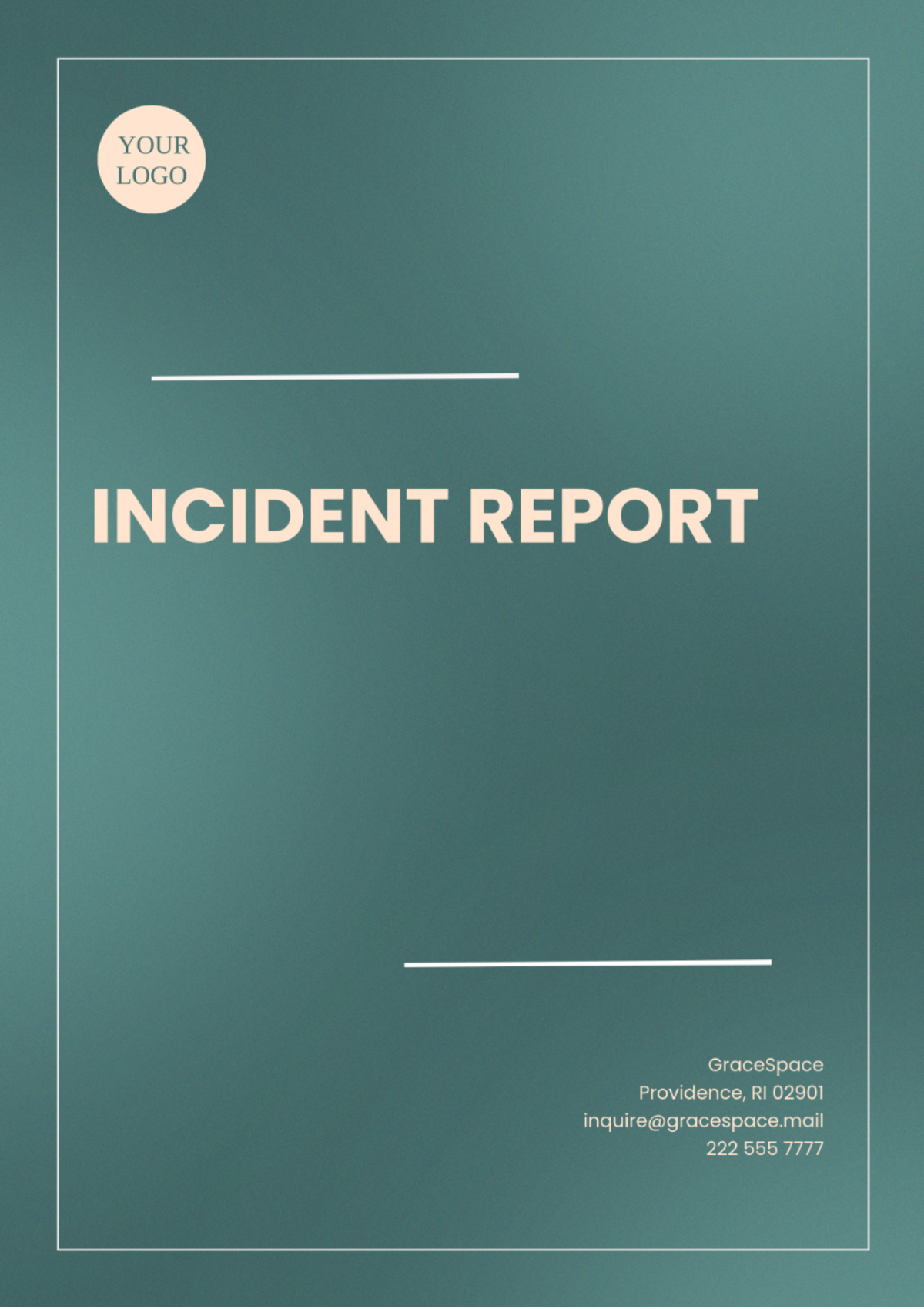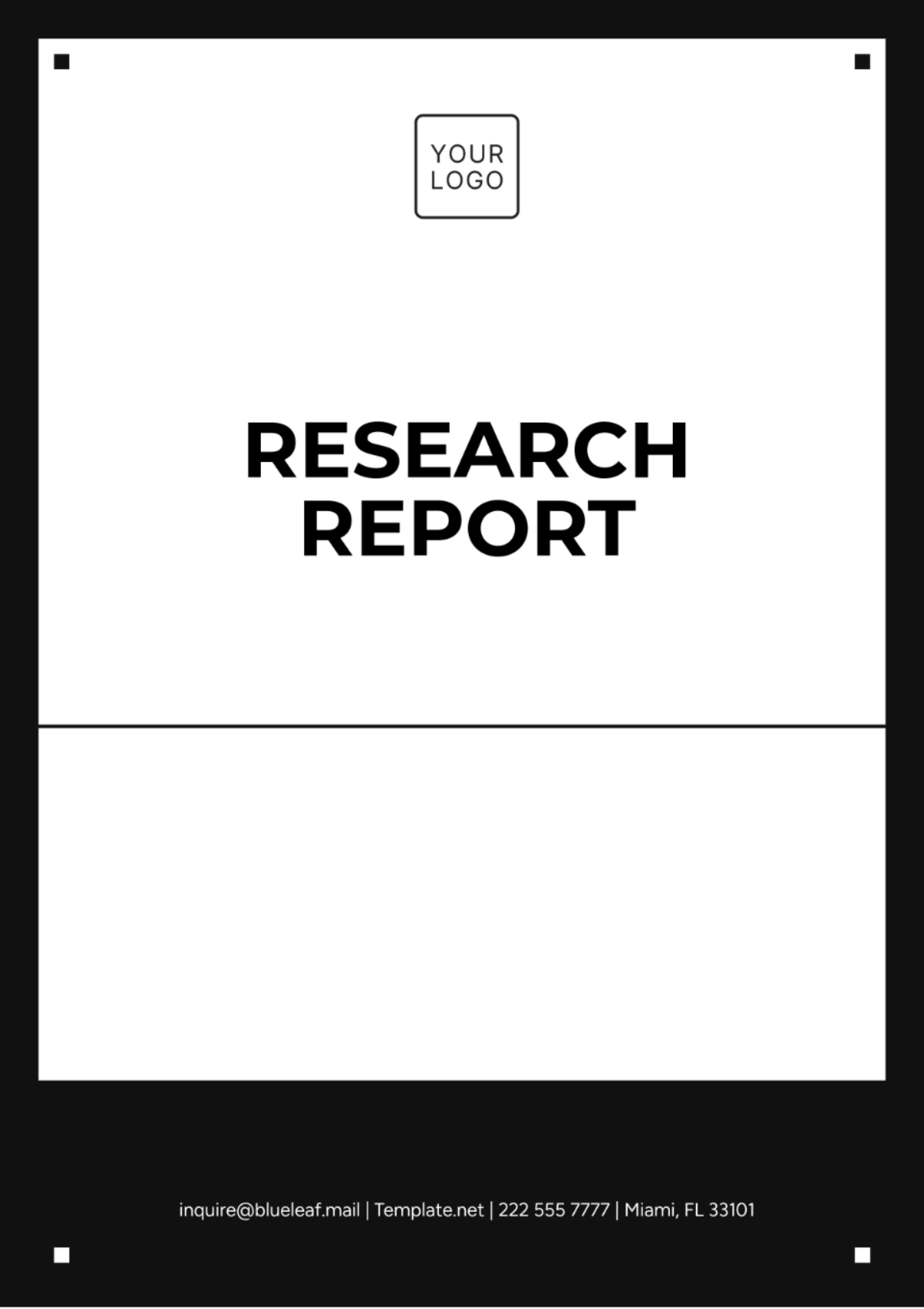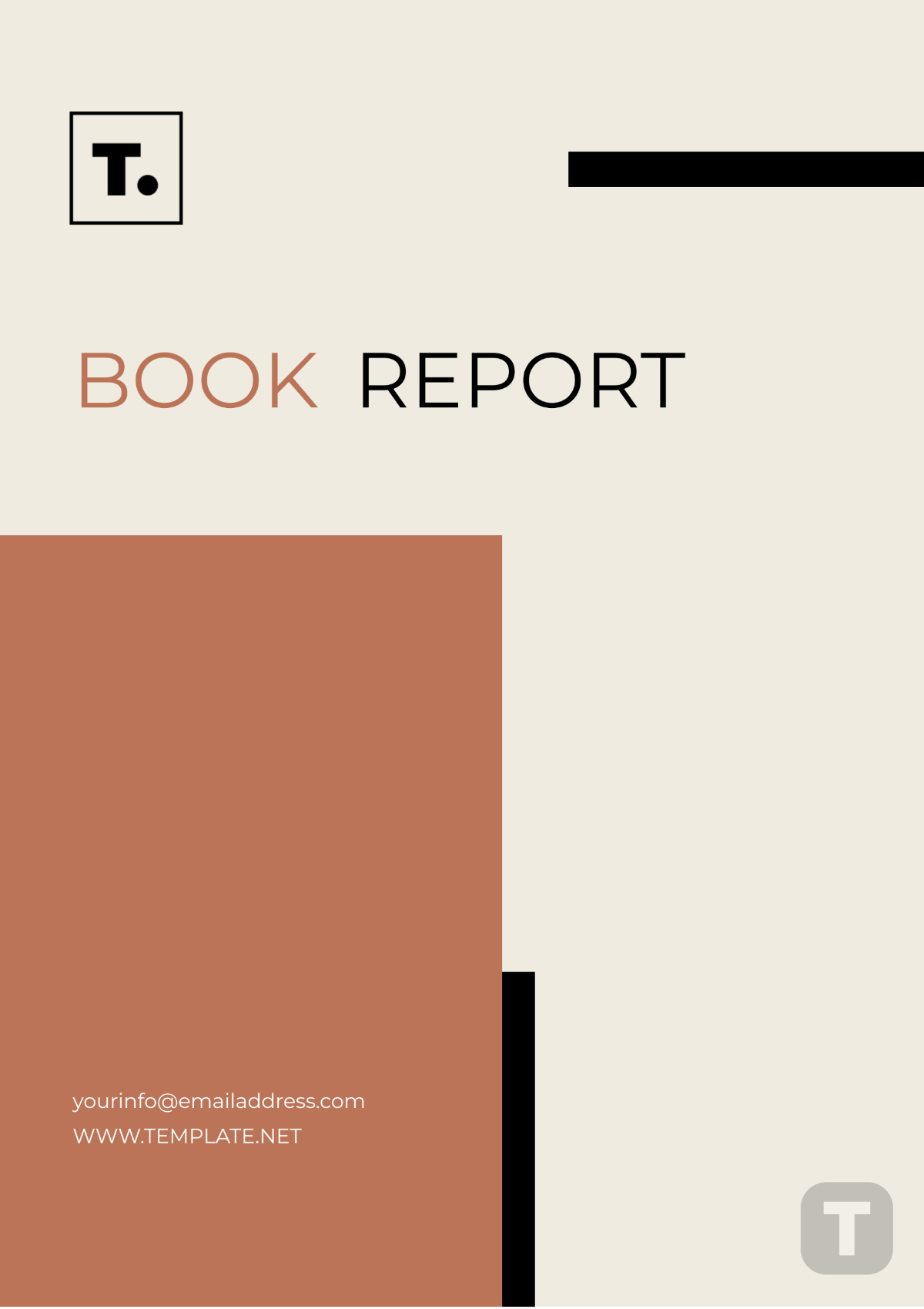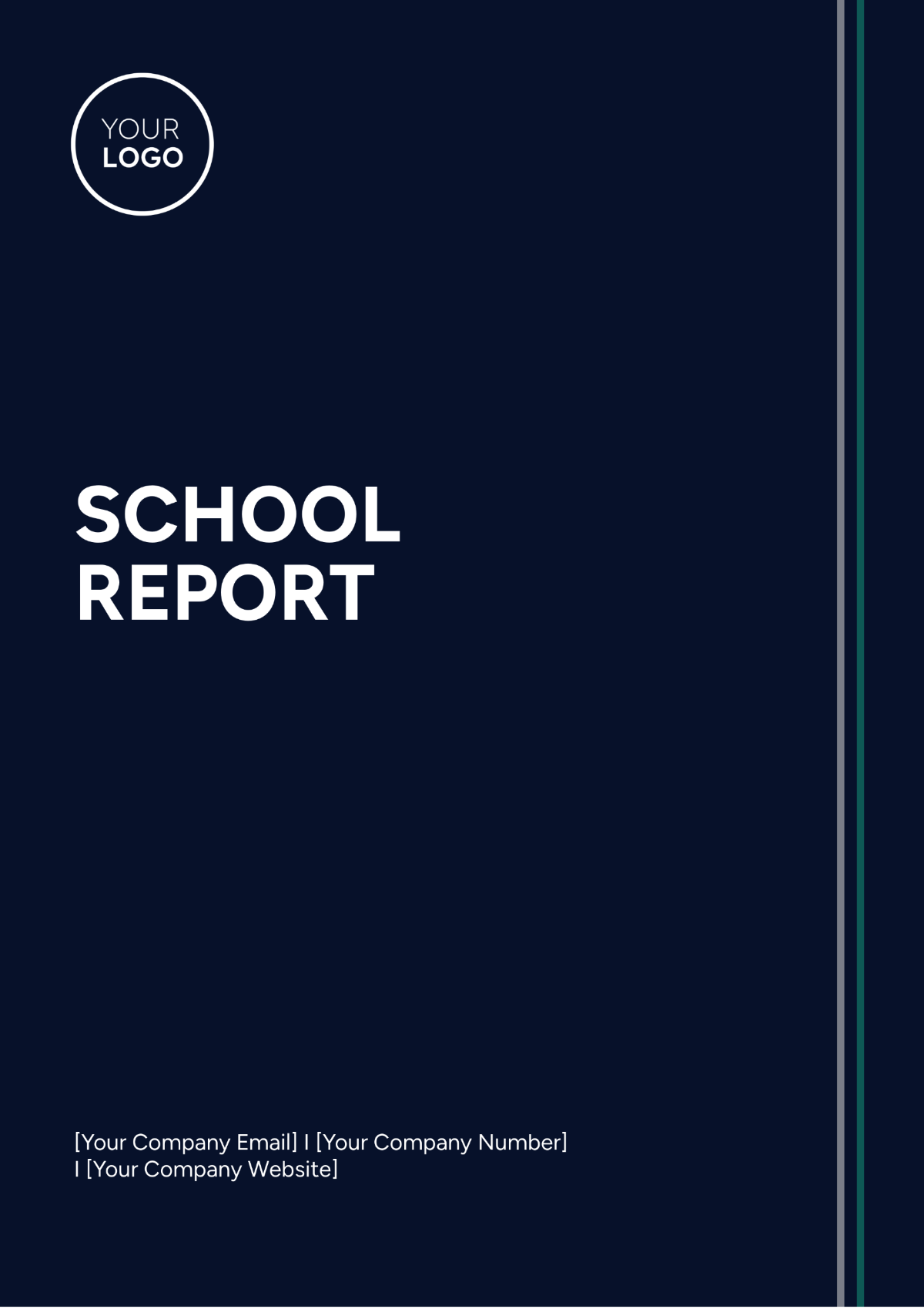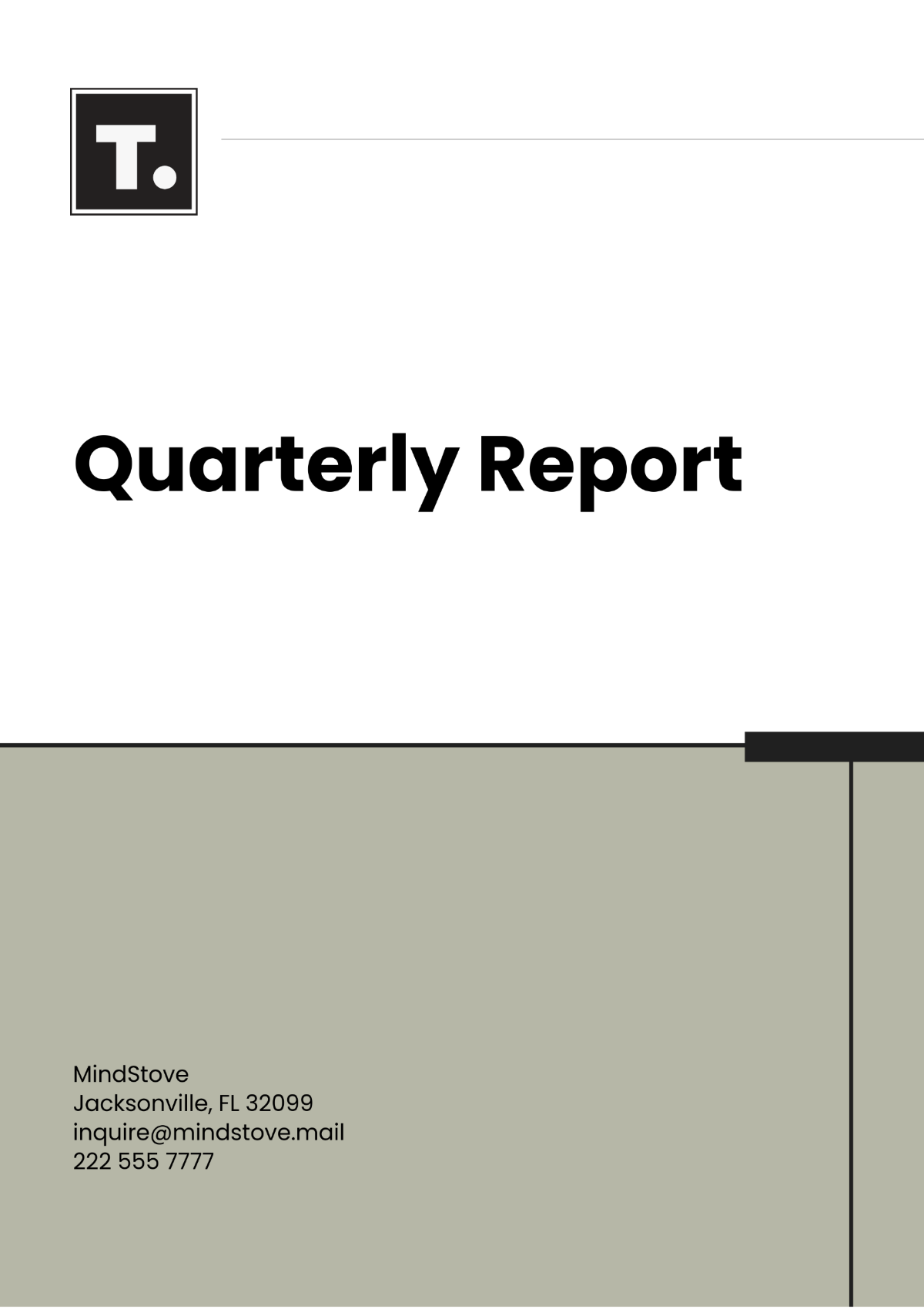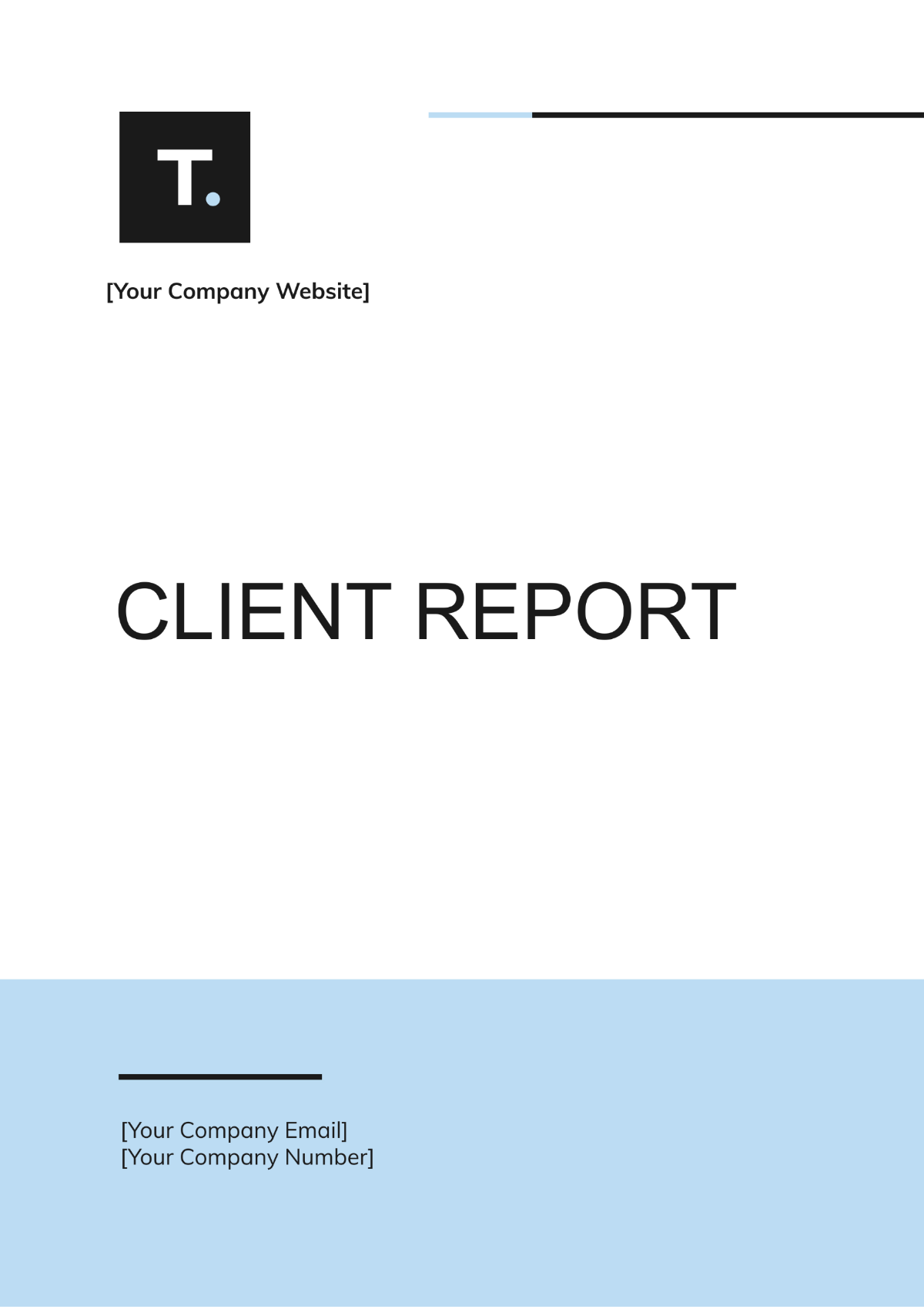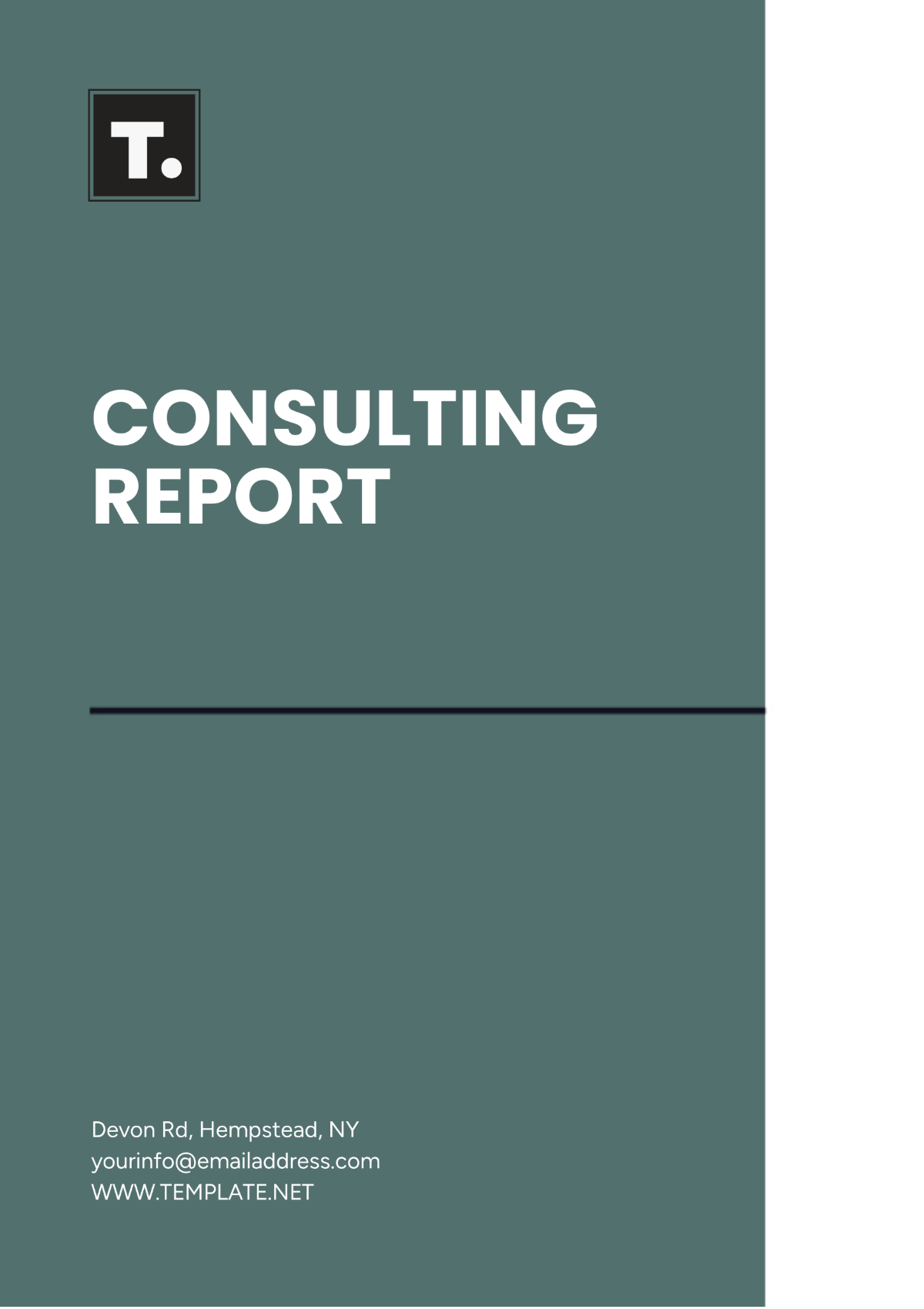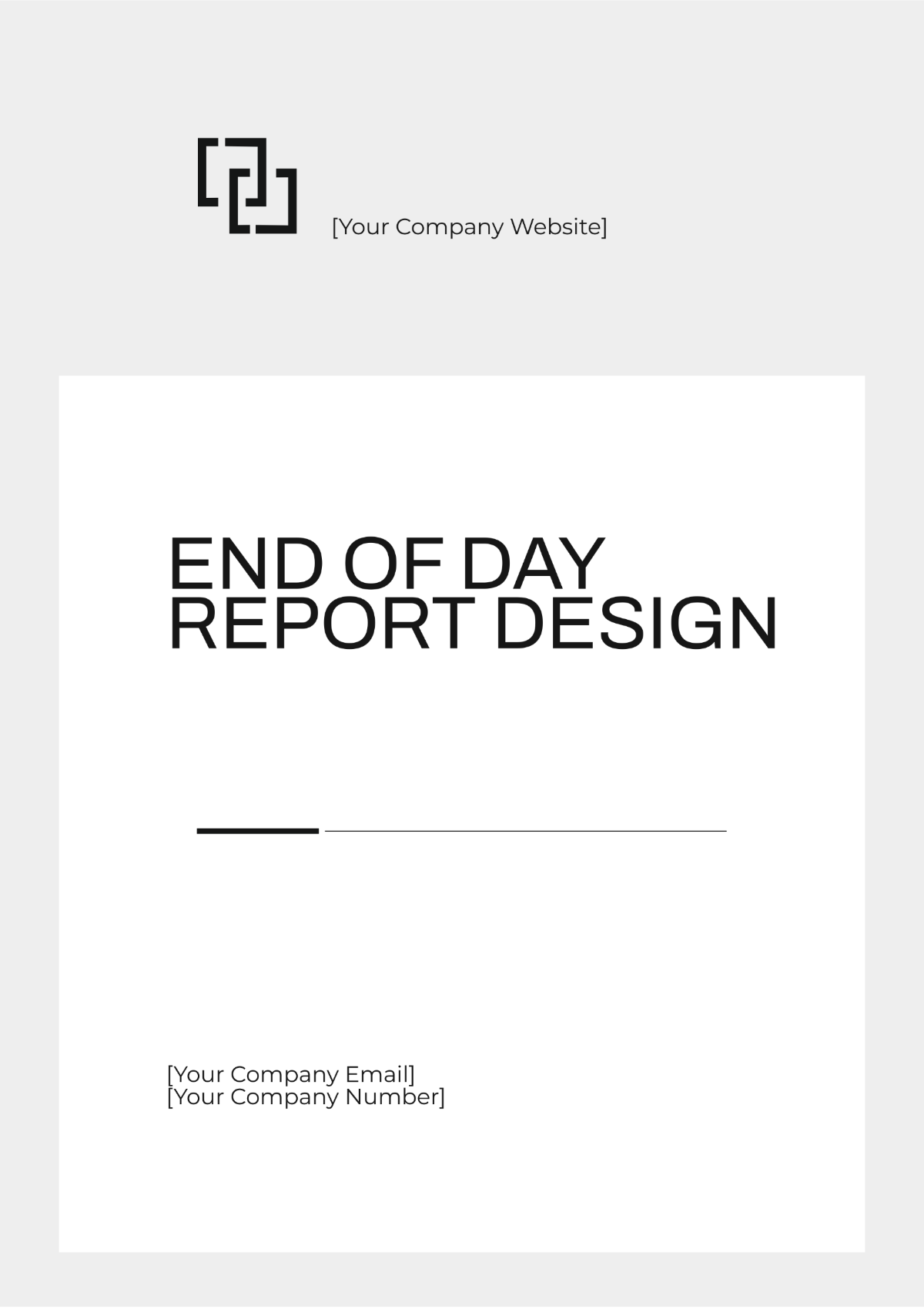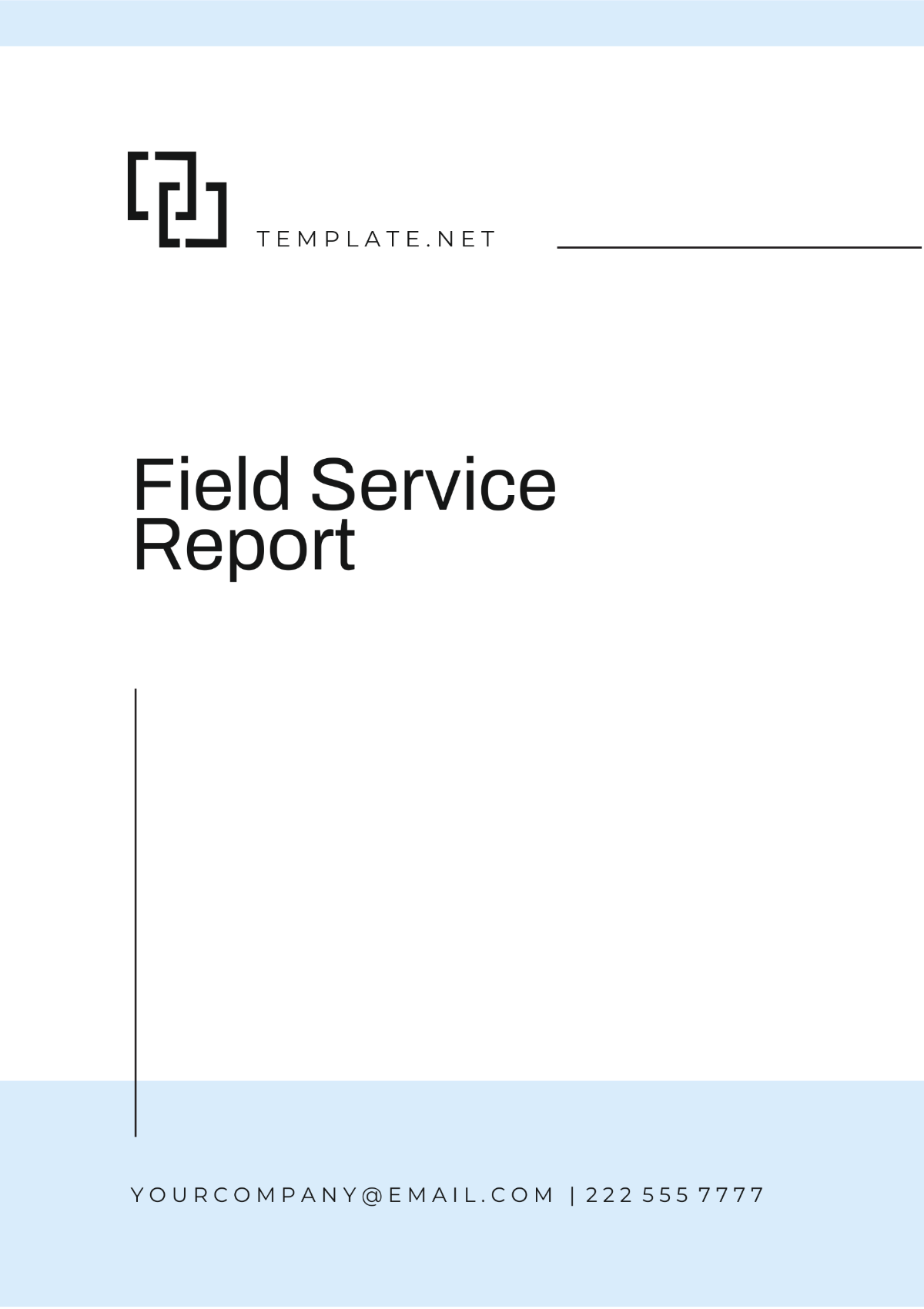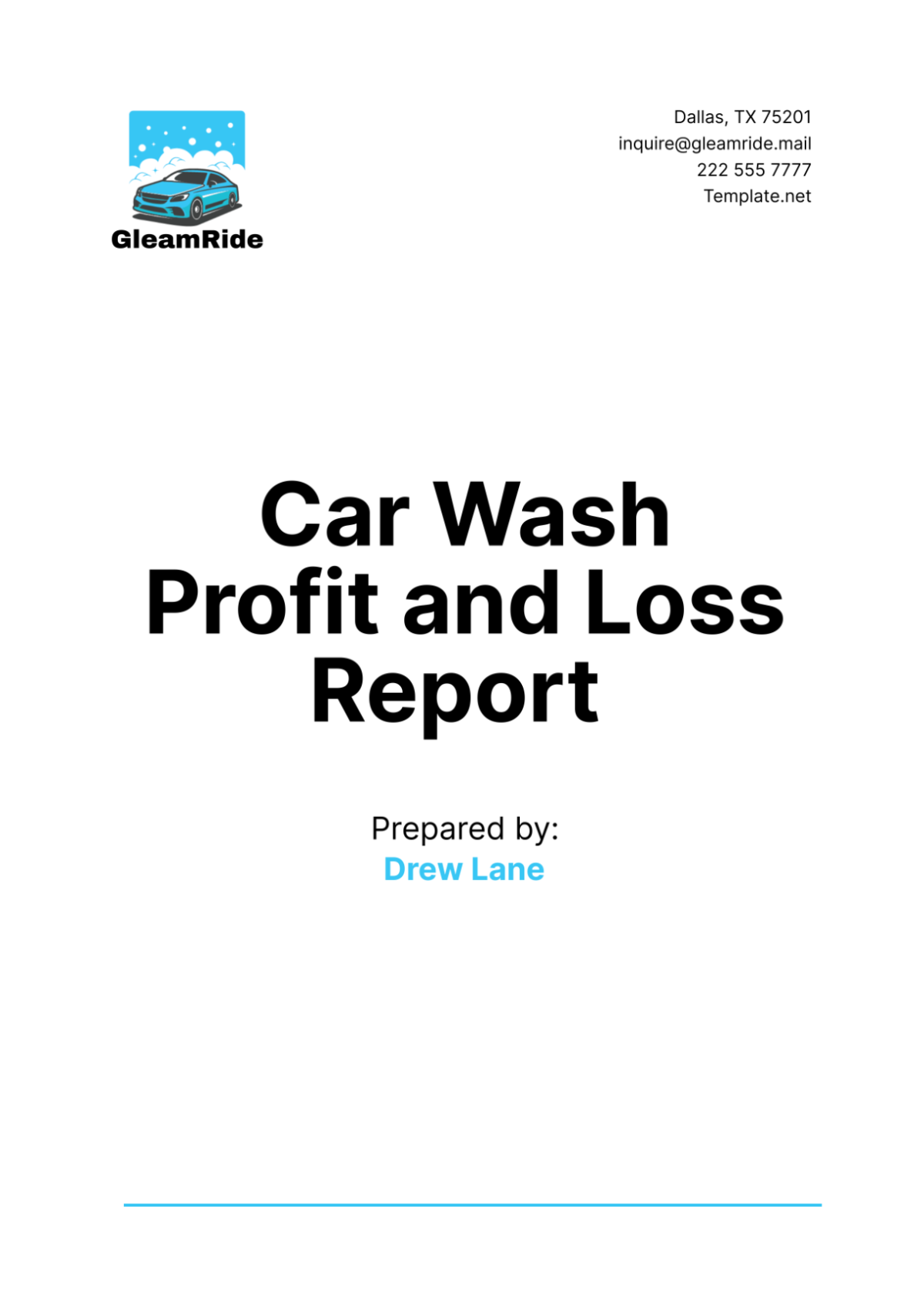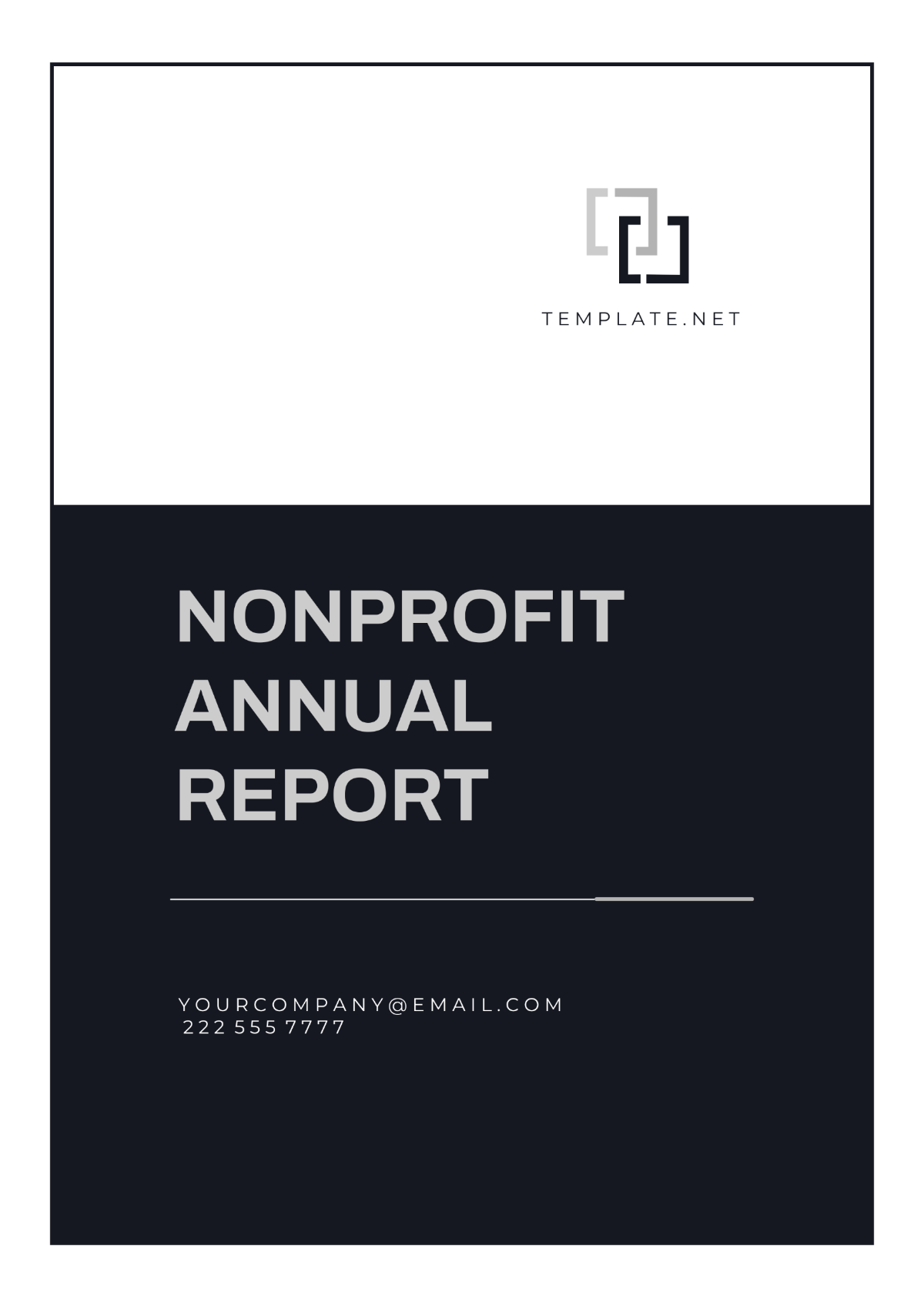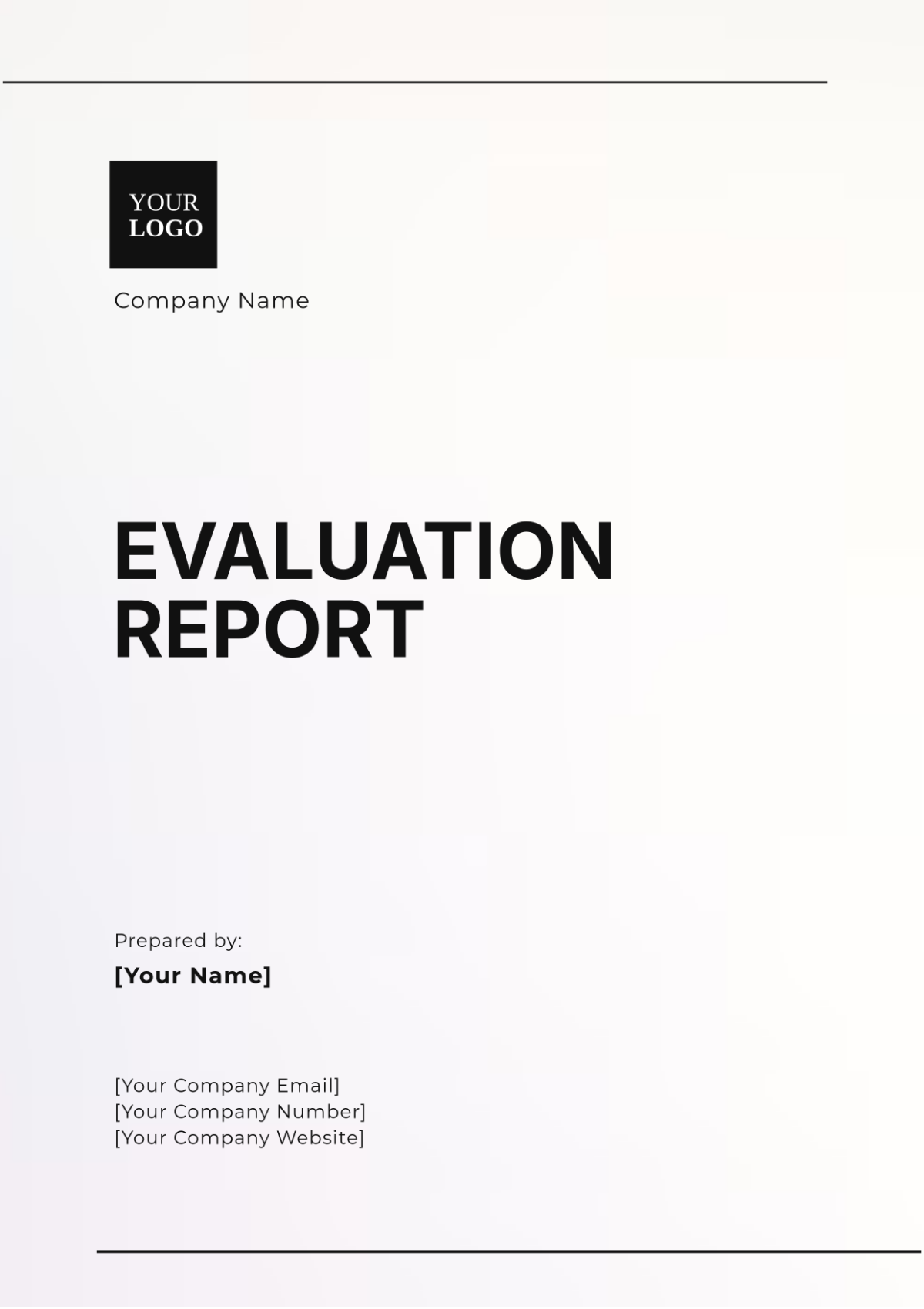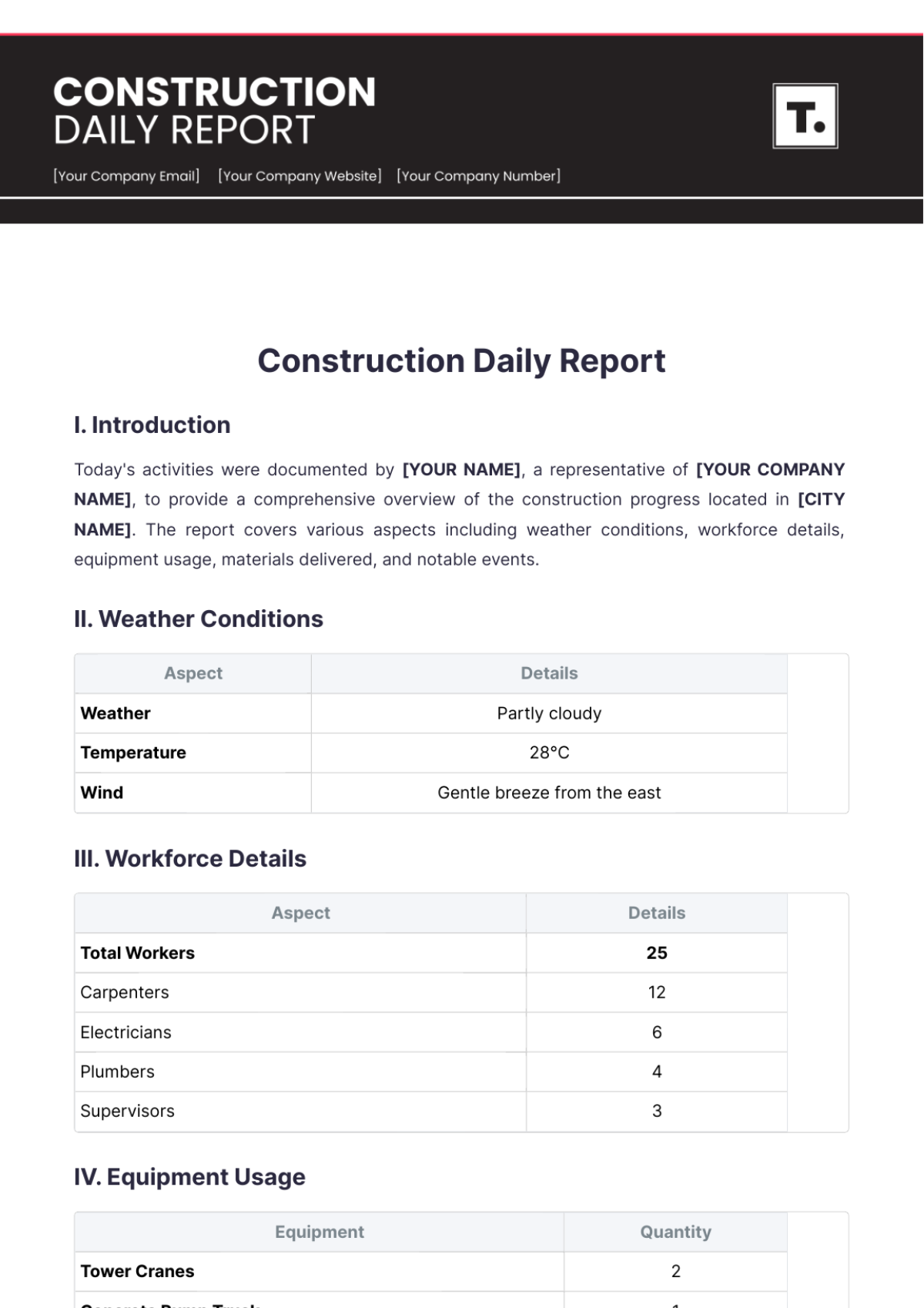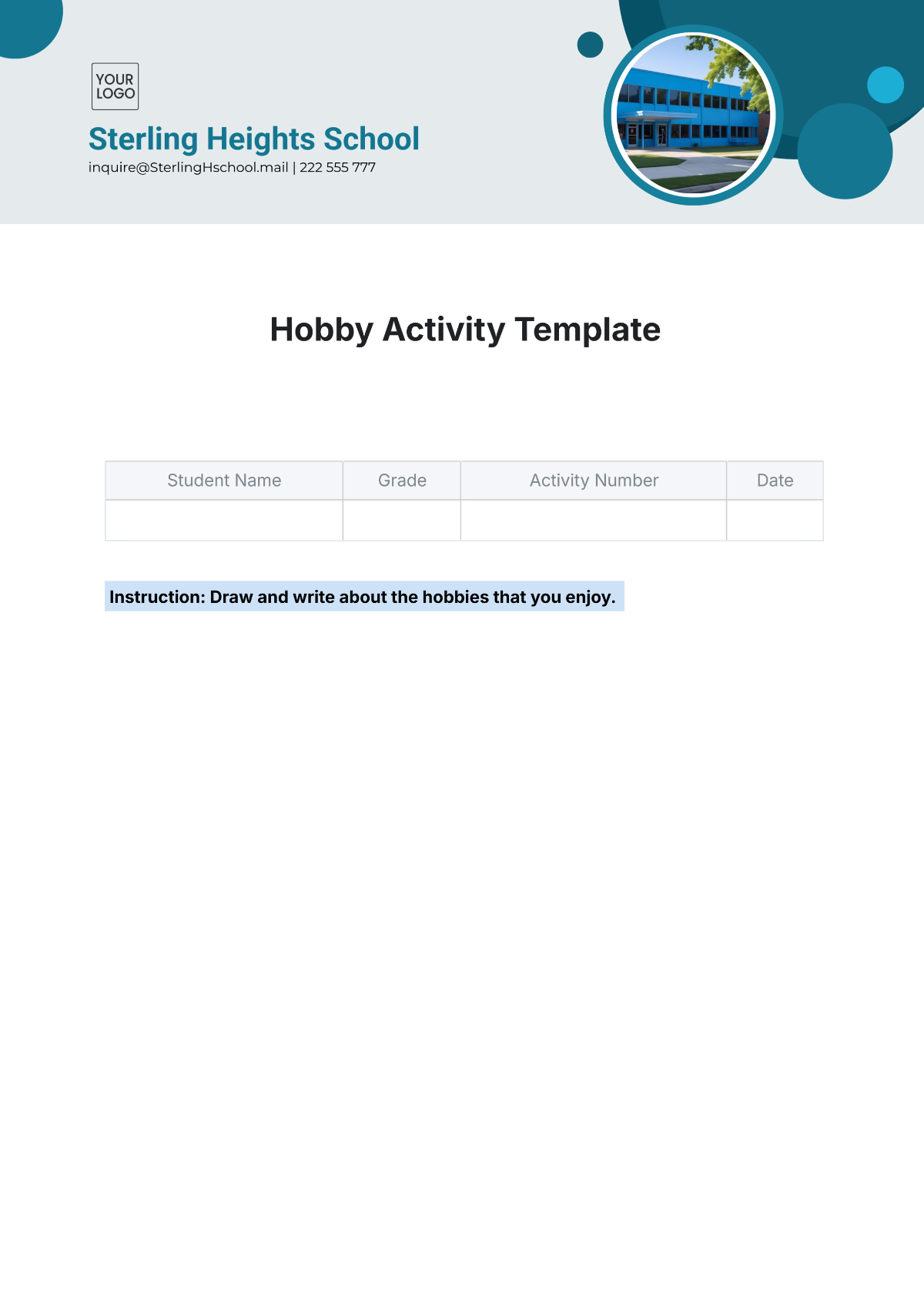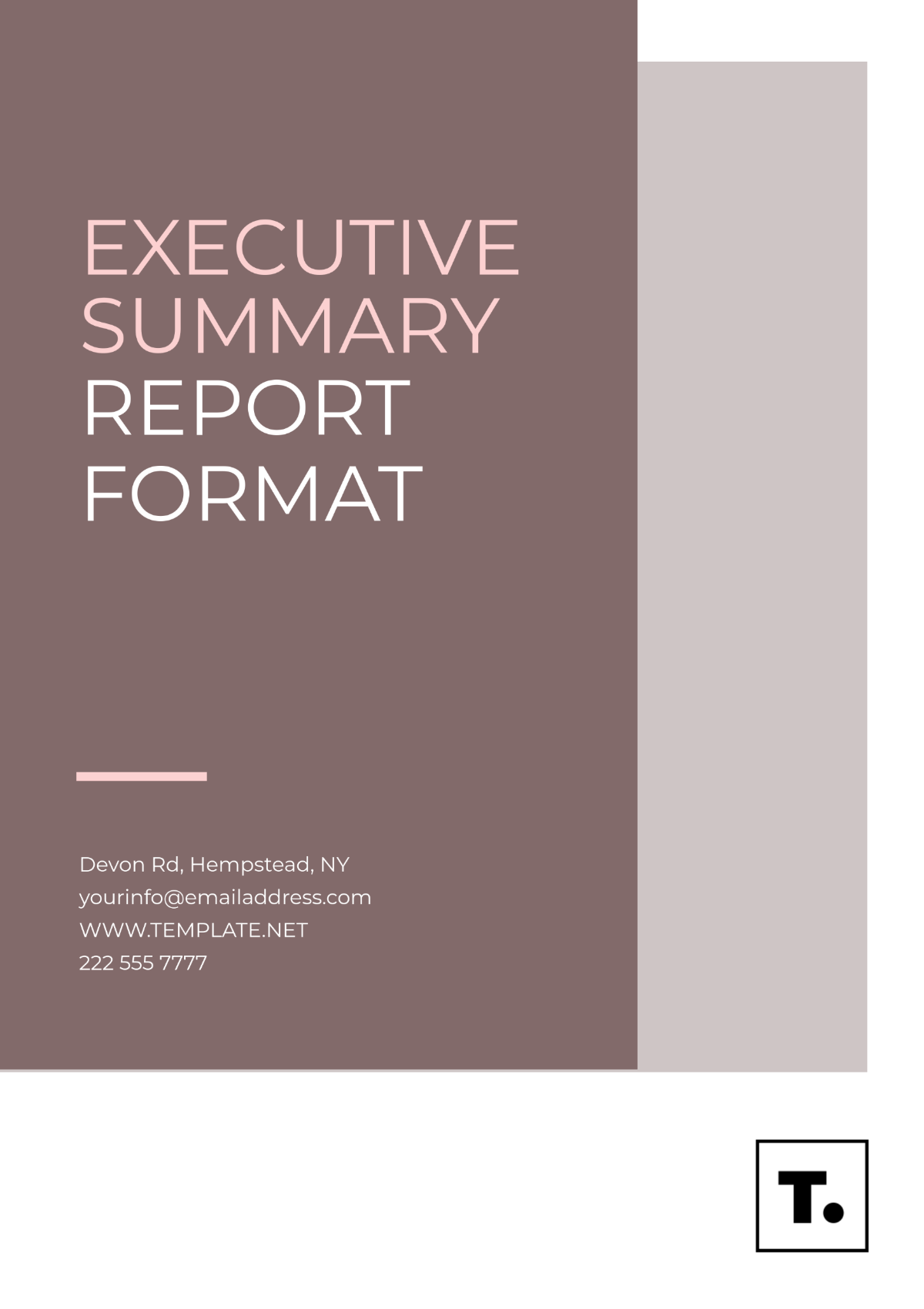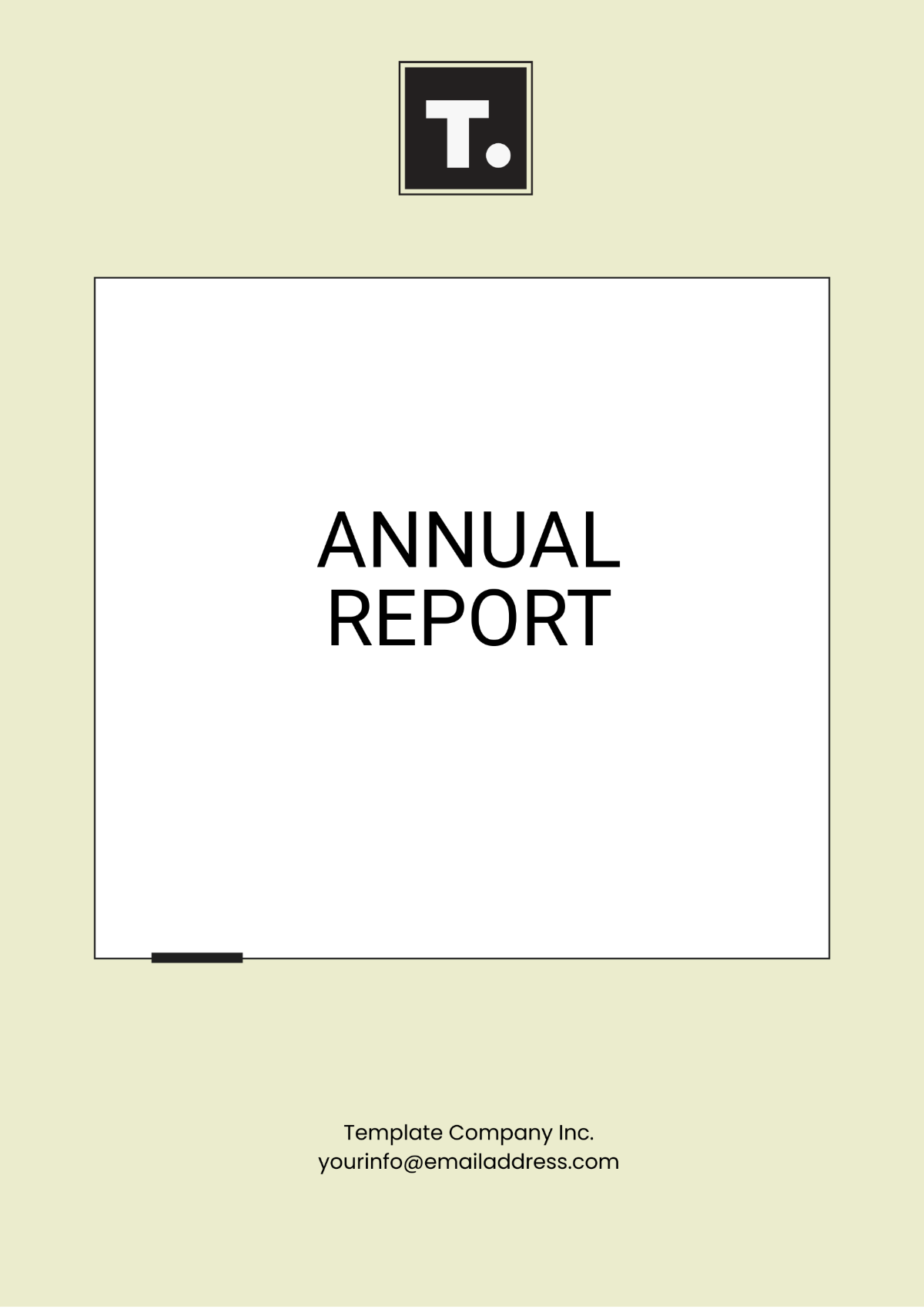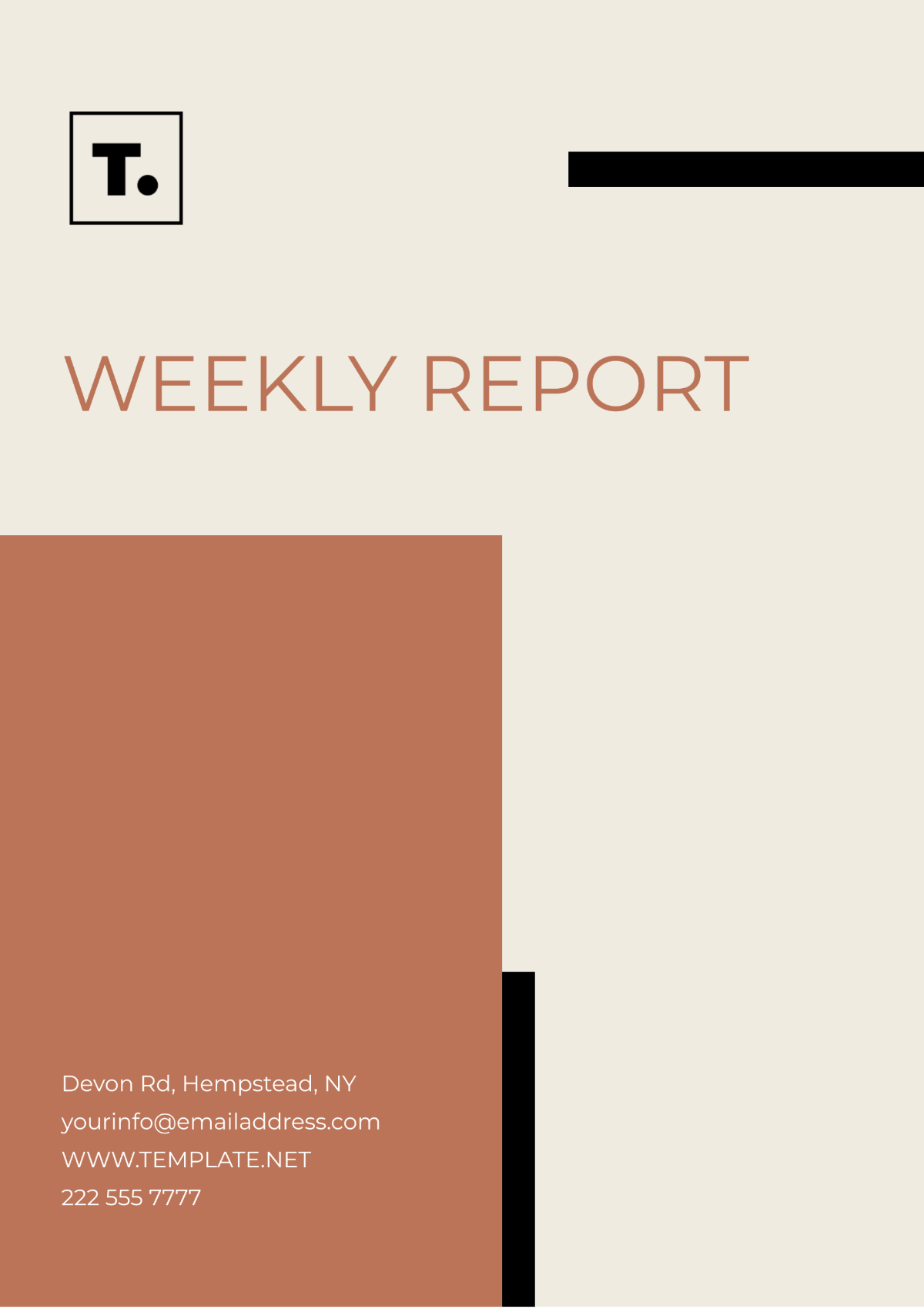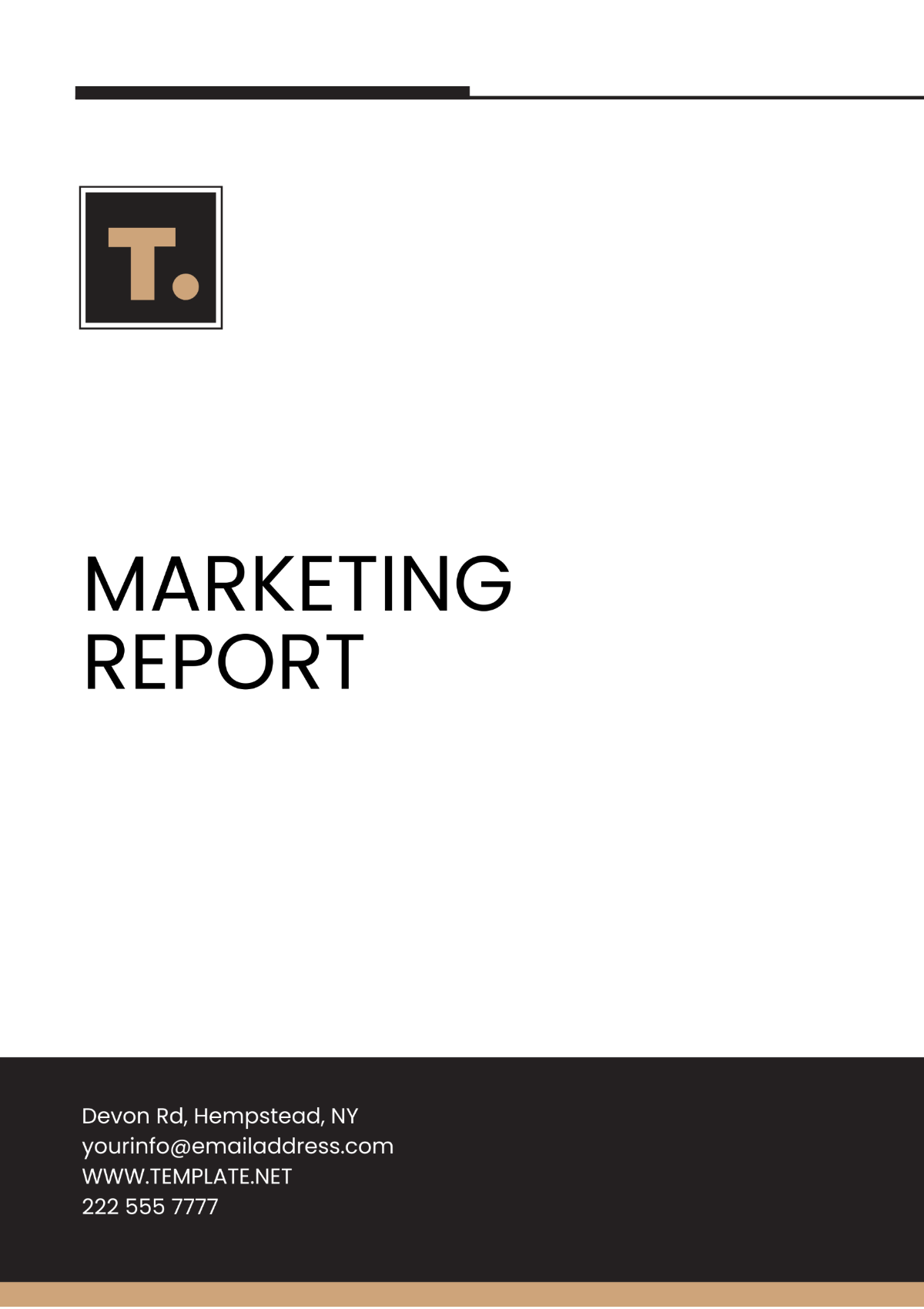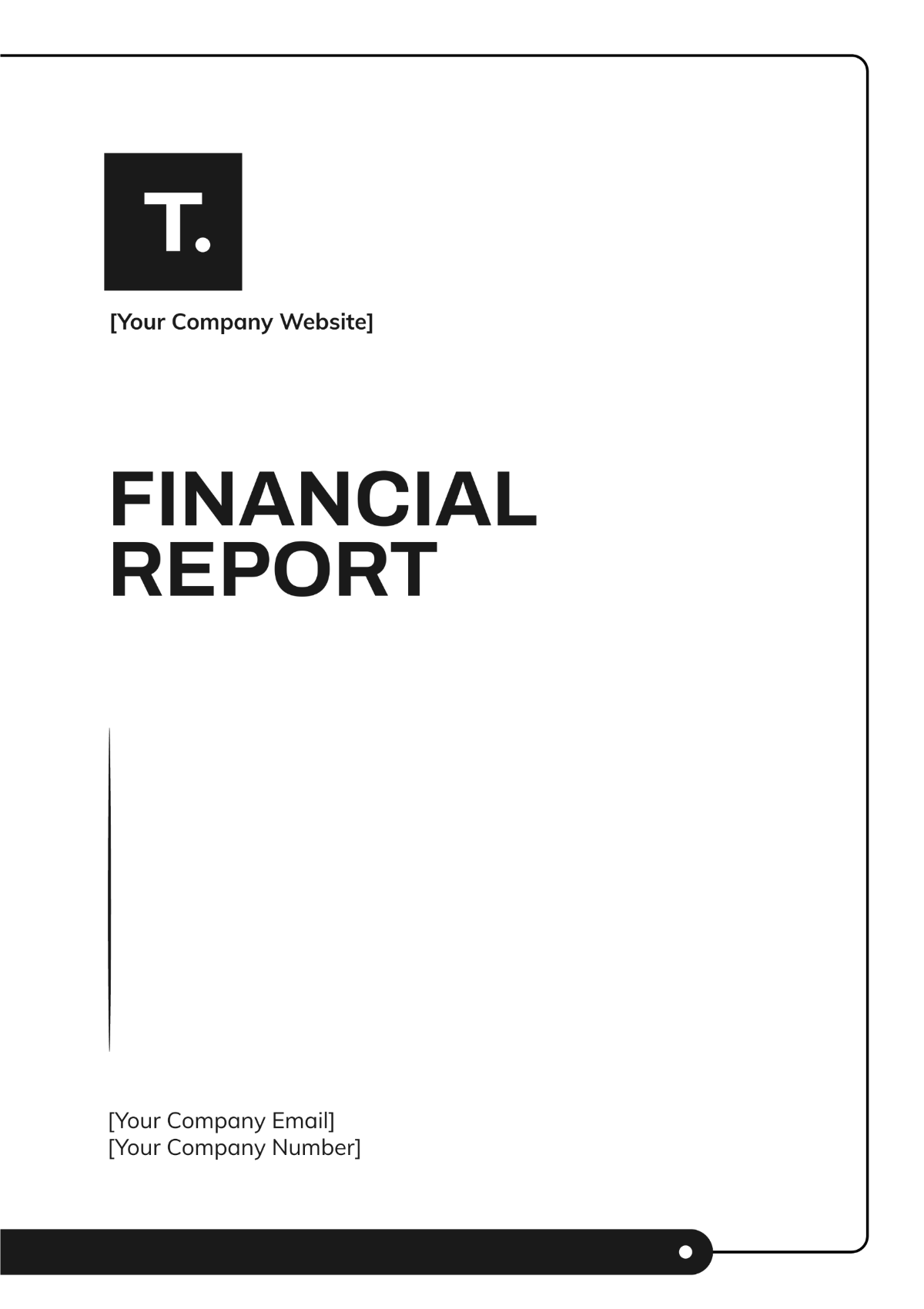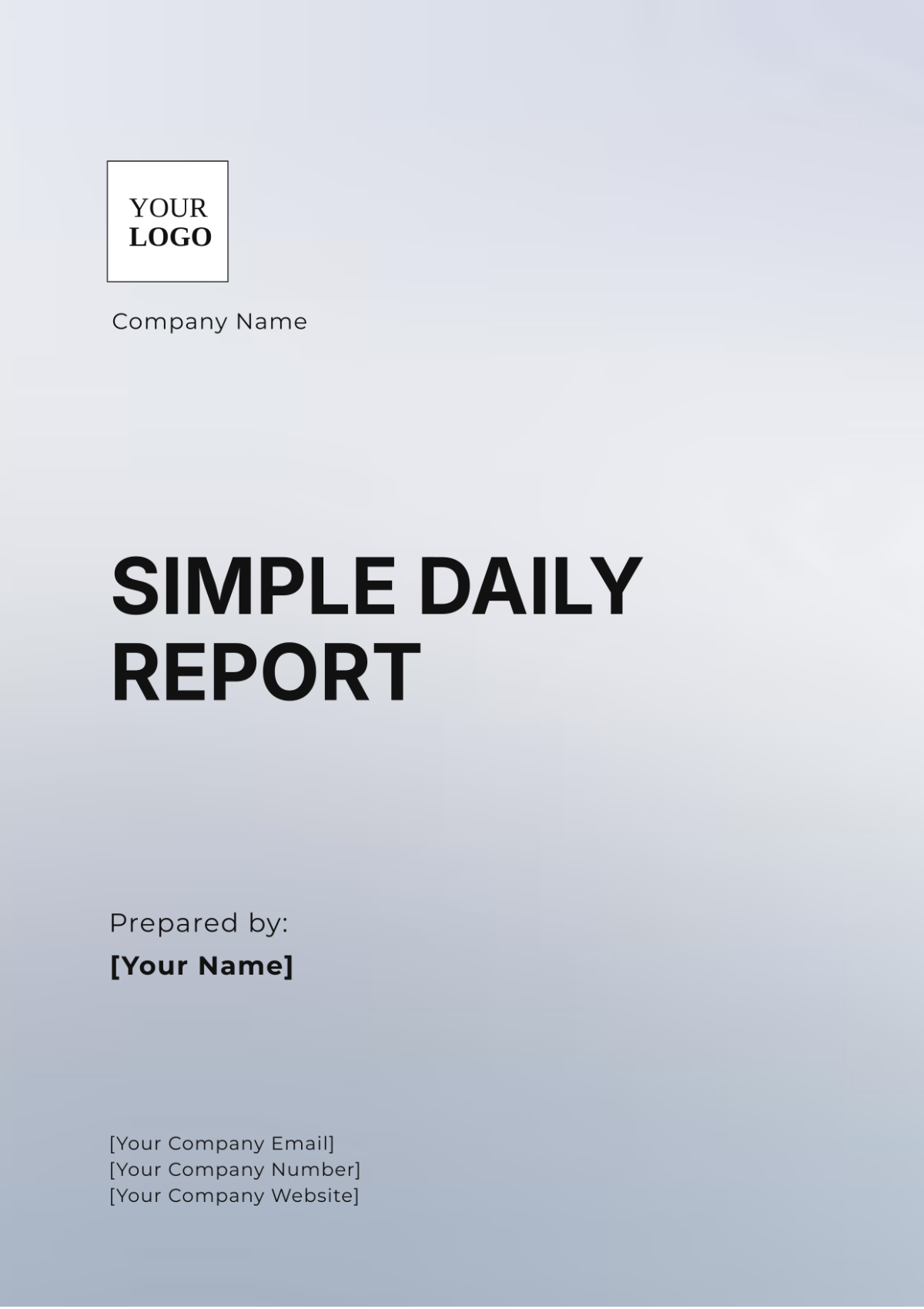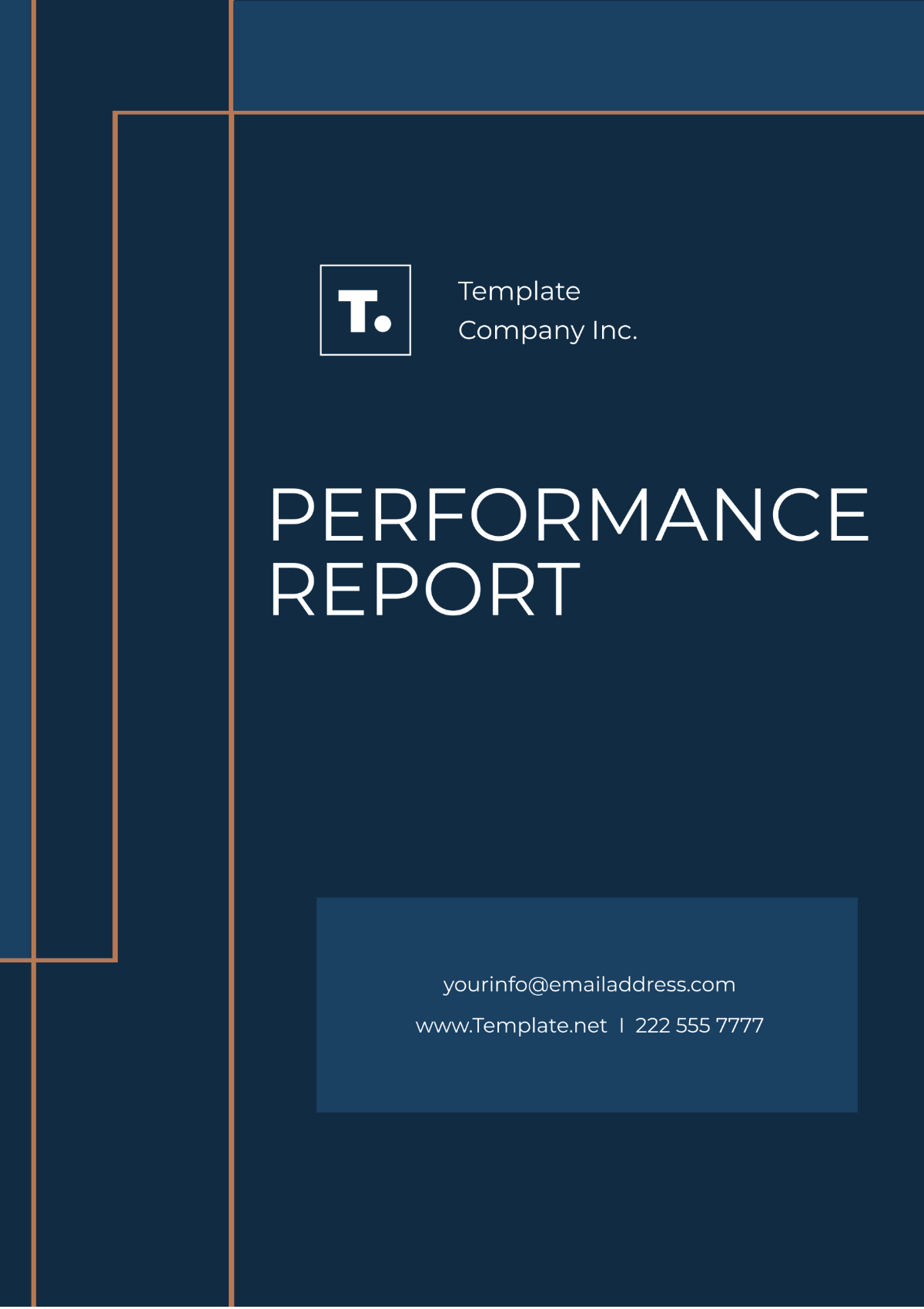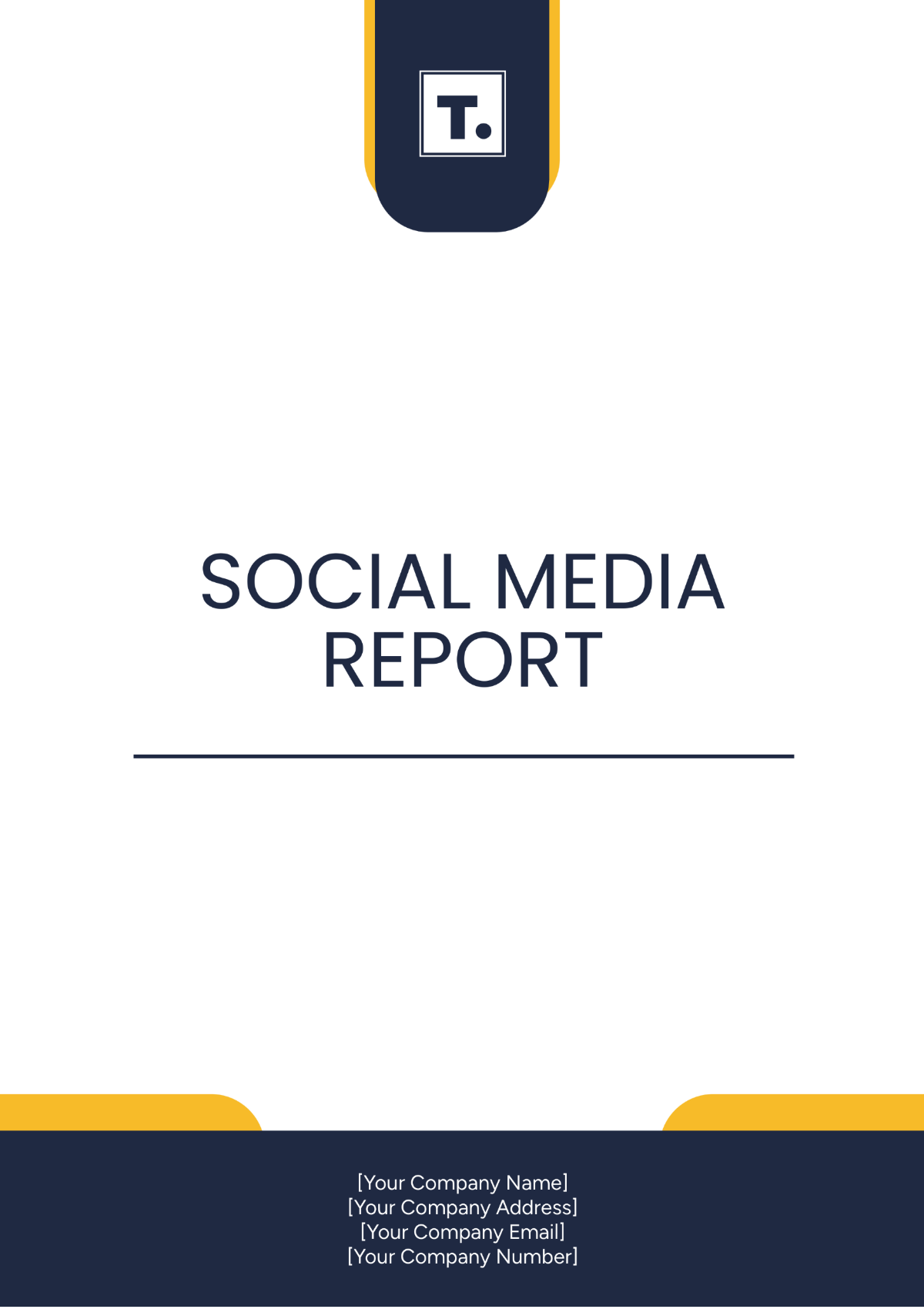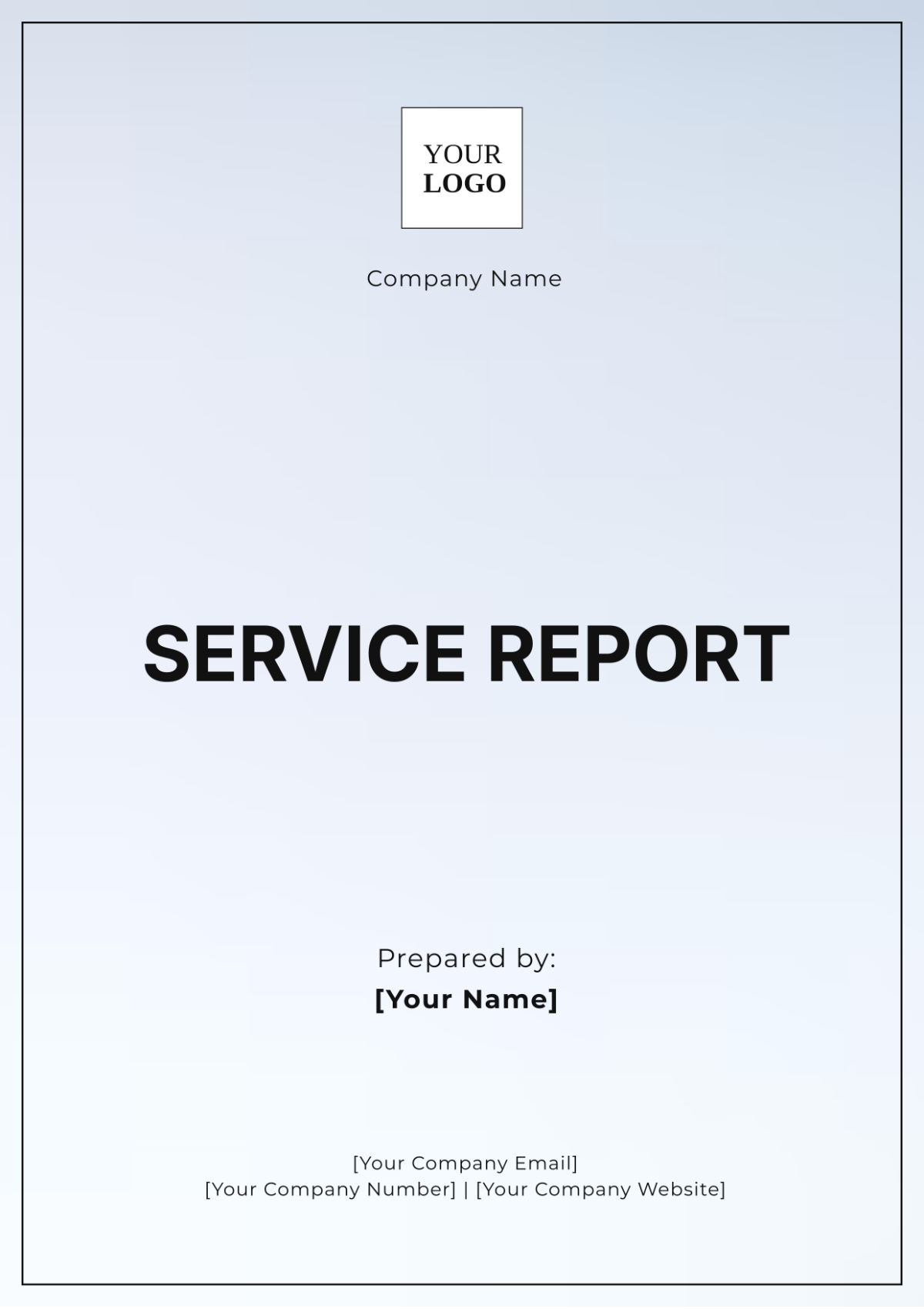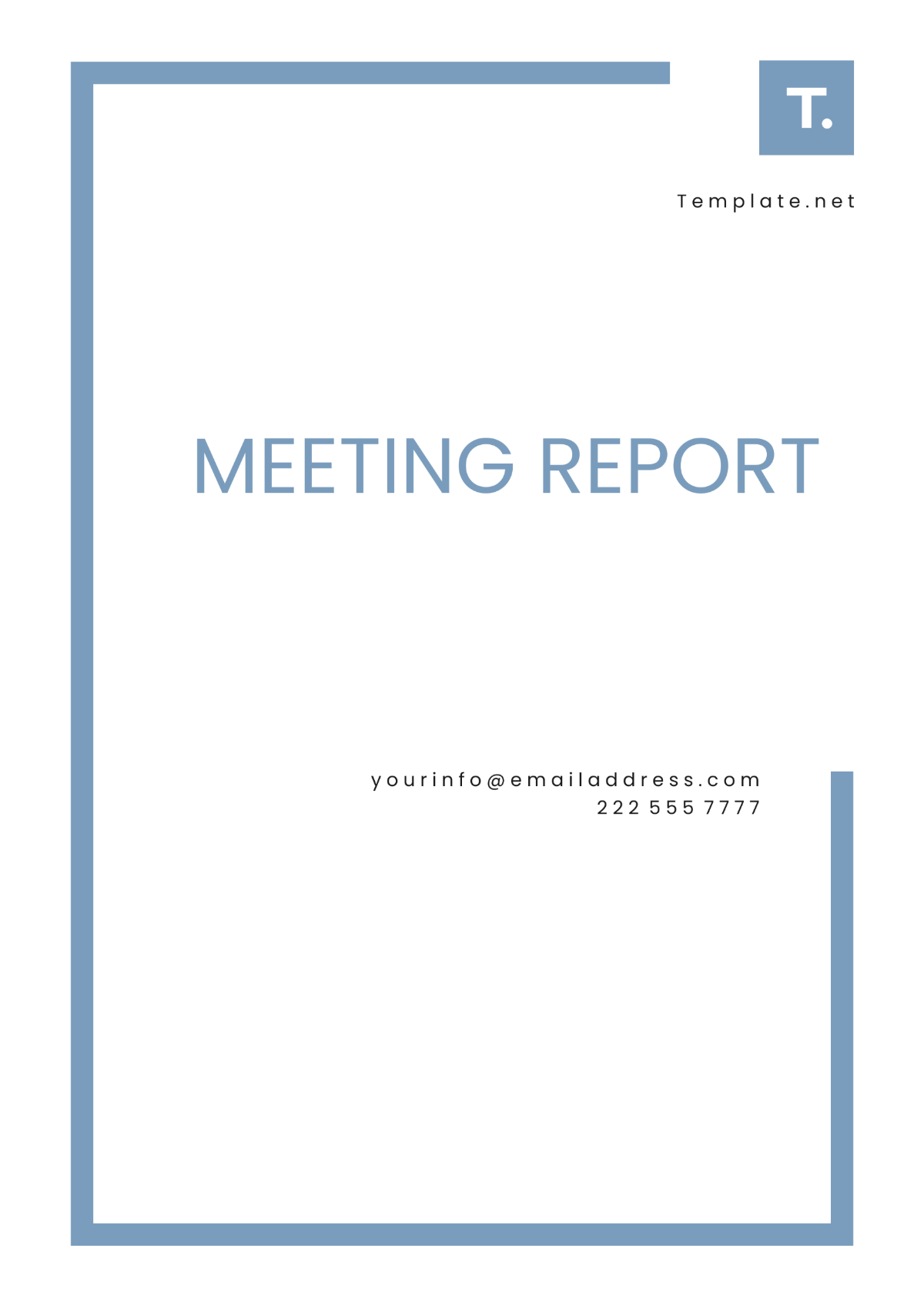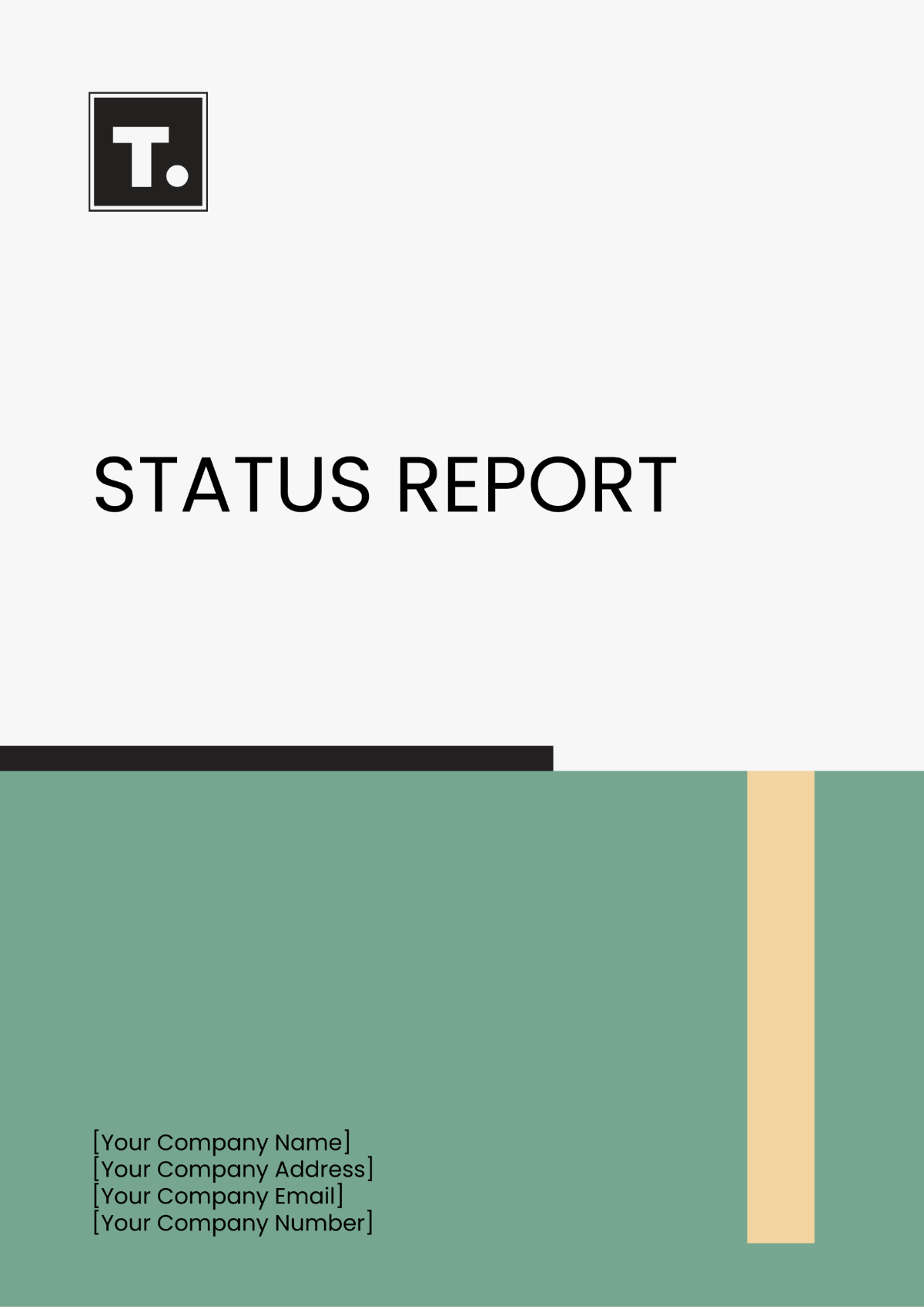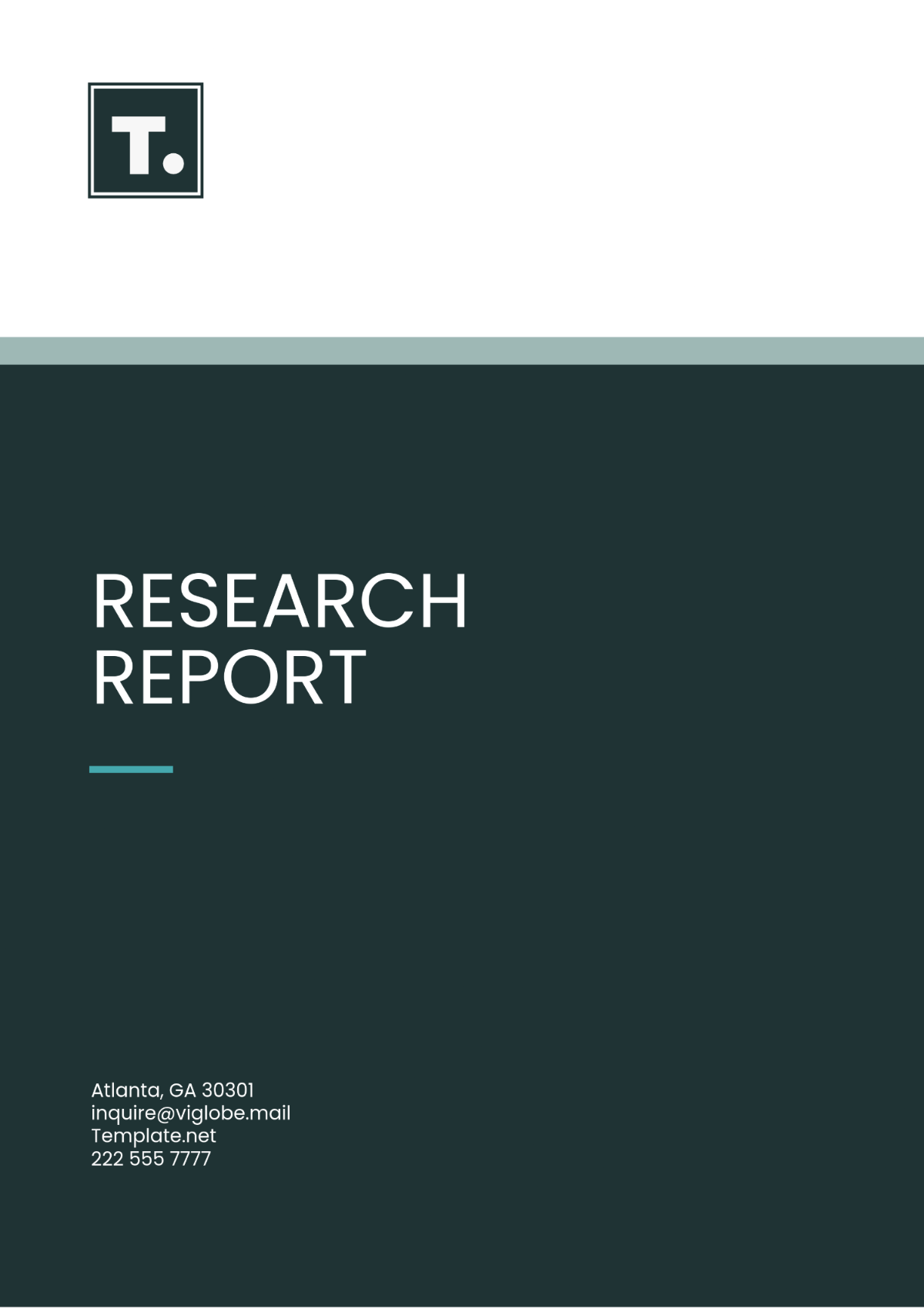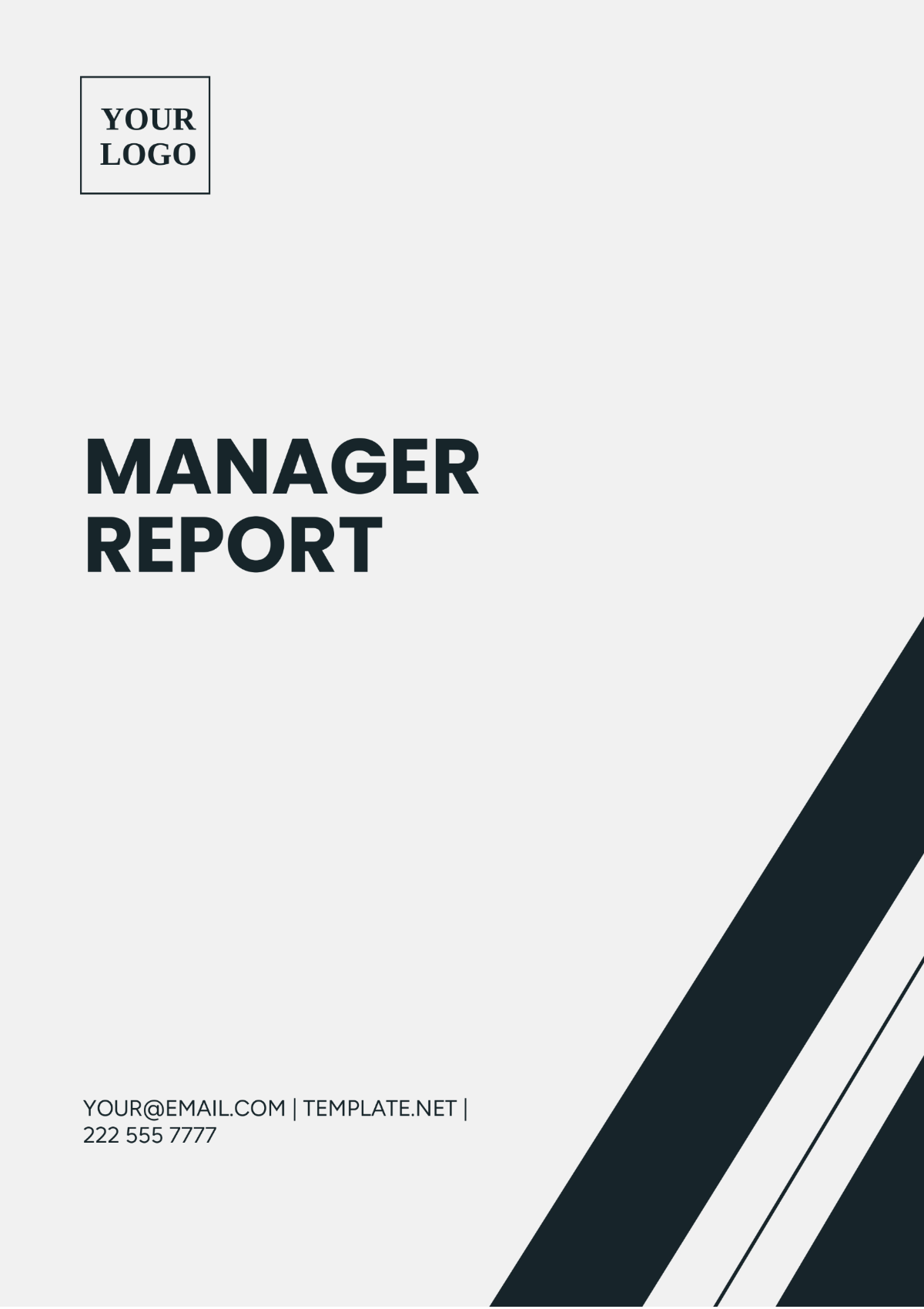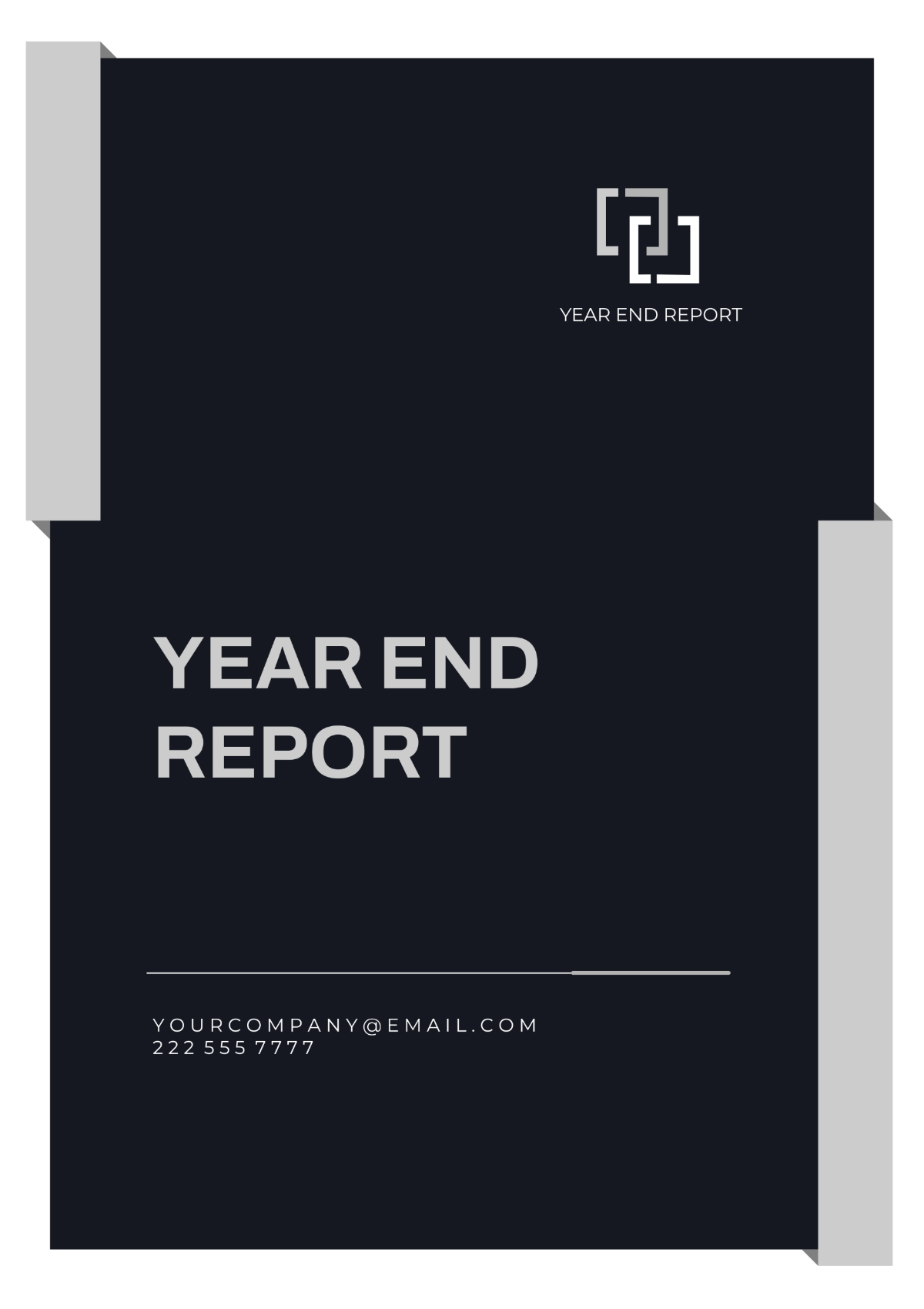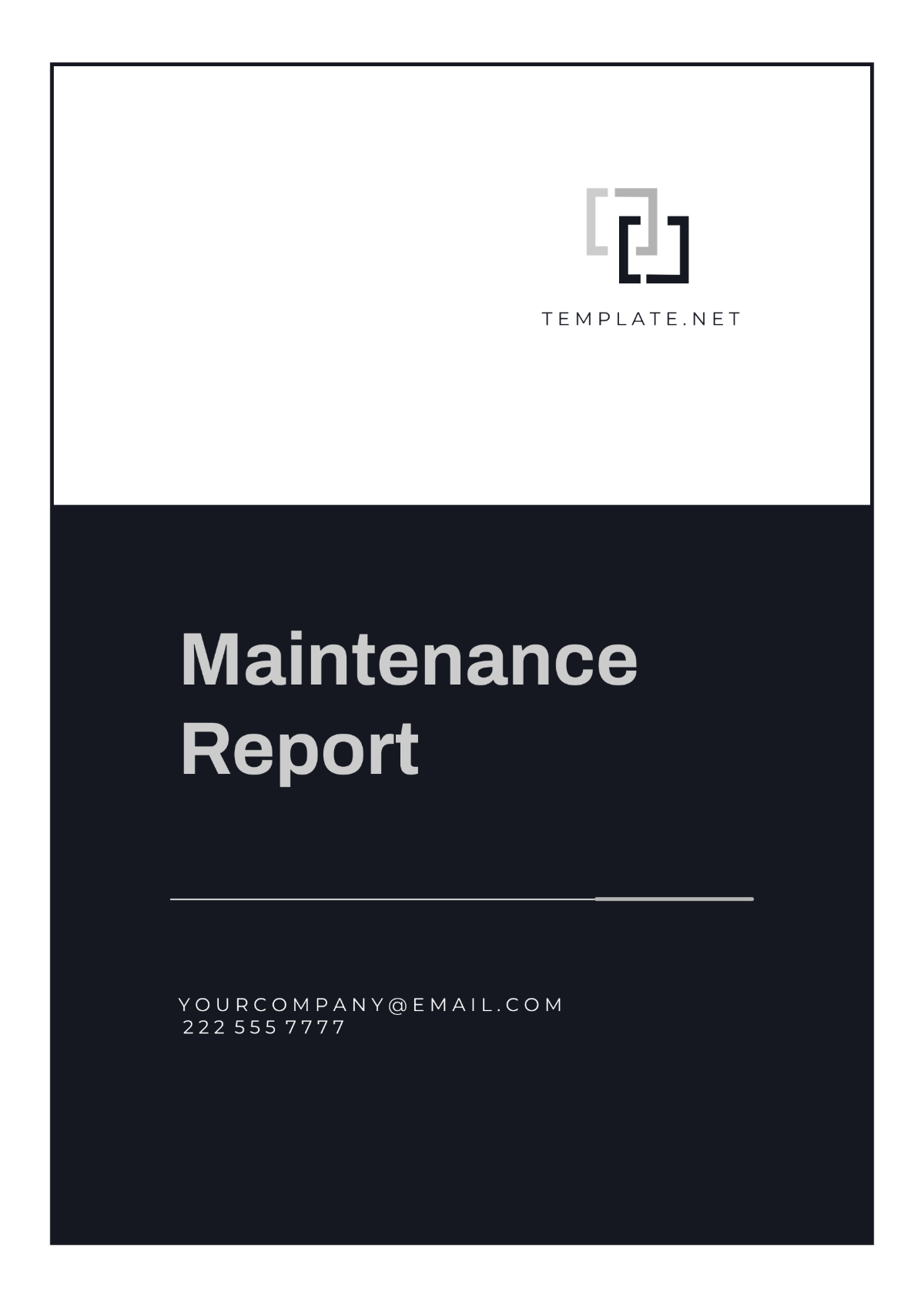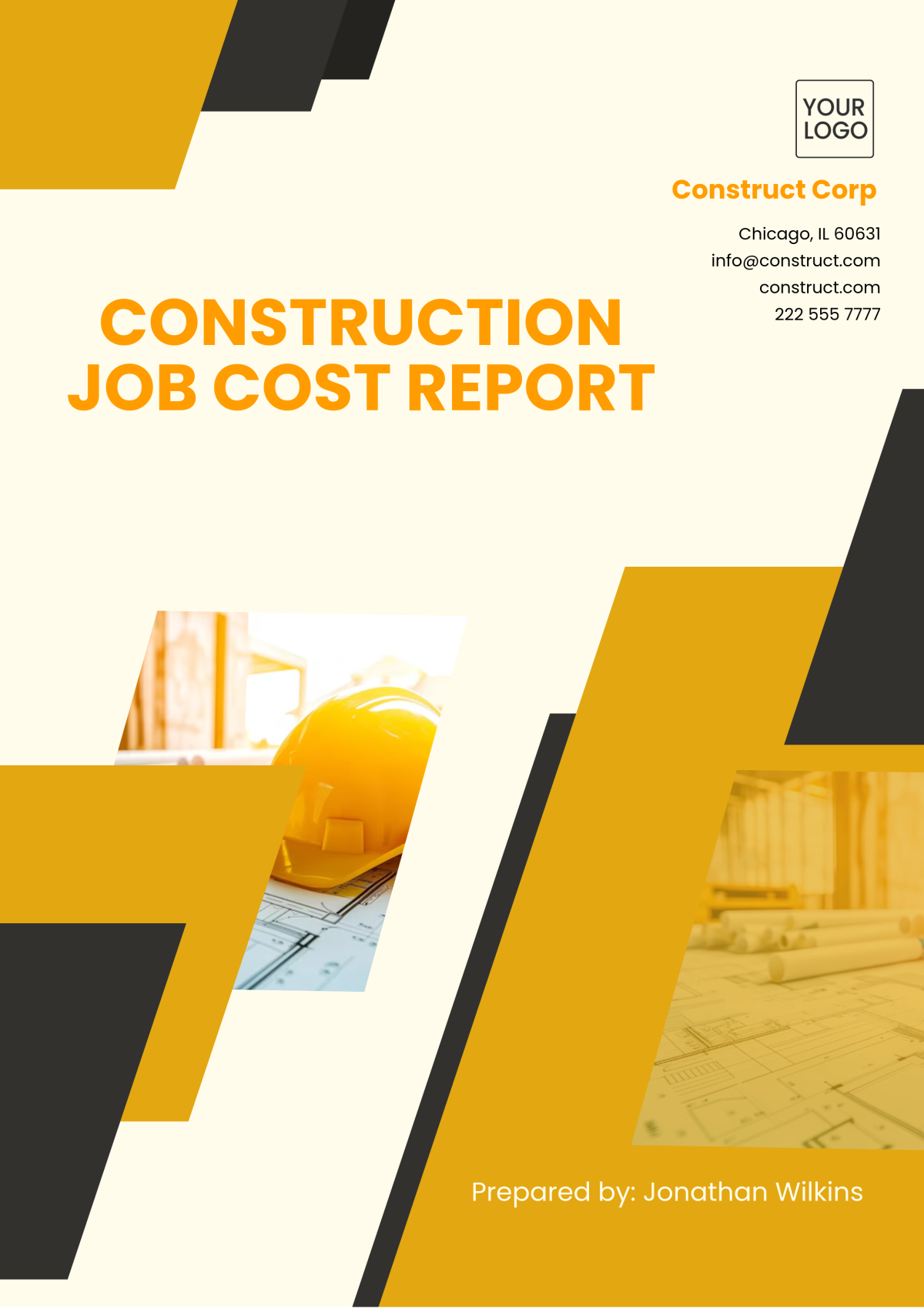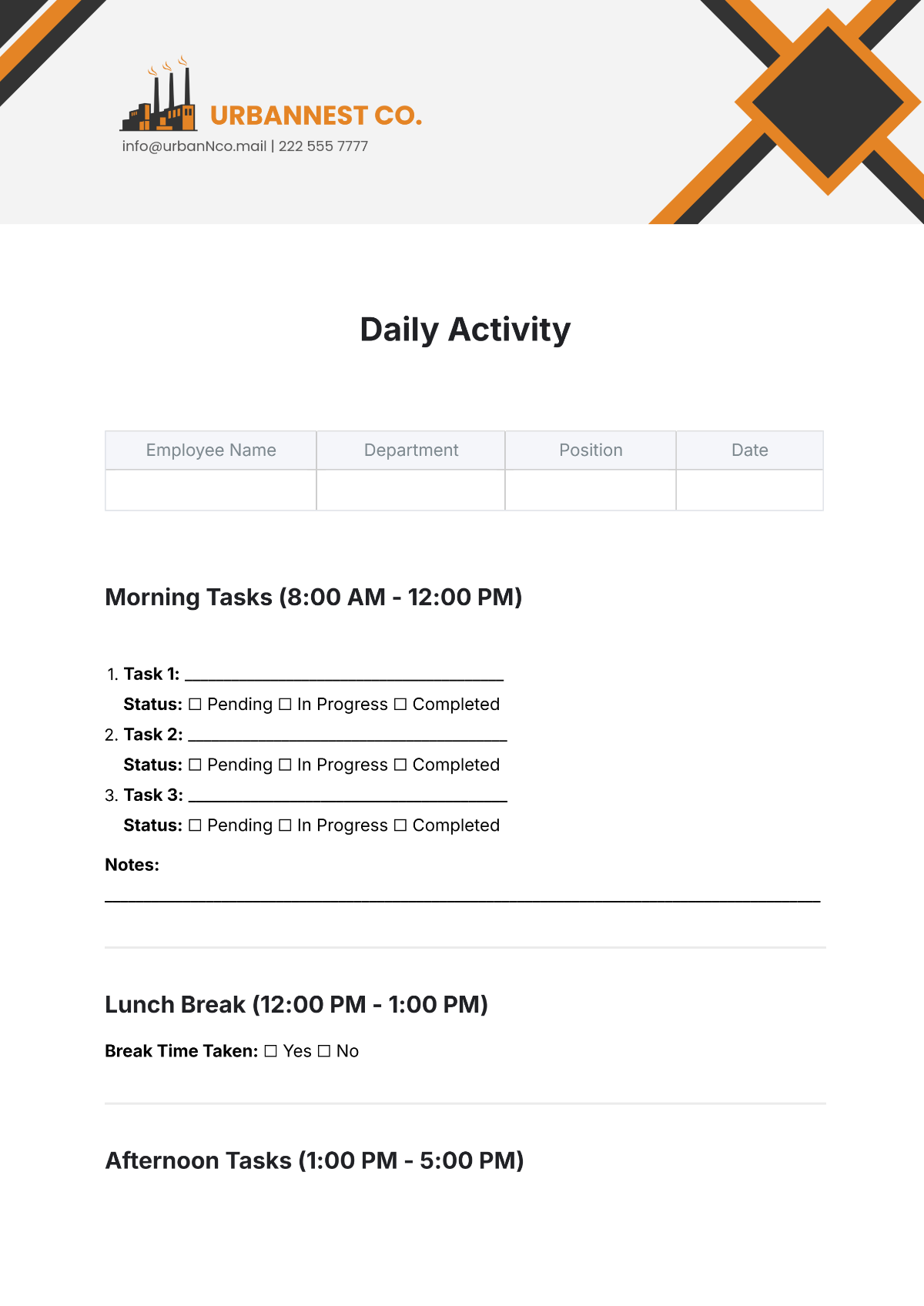Free Spa Status Report Template
Spa Status Report
I. Executive Summary
A. Overview
The Spa Status Report provides a comprehensive analysis of the current operational, financial, and customer service status of [Your Company Name] Spa. This report covers the period from January 1, 2050, to June 30, 2050. It highlights key performance metrics, identifies areas for improvement, and provides recommendations for future action. The purpose of this report is to give a thorough overview of how the spa is performing across various domains, ensuring that stakeholders are well-informed about its current state and future prospects.
B. Key Findings
Operational Efficiency: The spa has maintained a high level of operational efficiency with an average utilization rate of 85%. This indicates that the spa's resources, such as staff and facilities, are being effectively used to meet customer demands without overextending capacities.
Financial Performance: Total revenue for the period was $1,200,000, reflecting a 10% increase from the previous six months. This growth demonstrates the spa's ability to attract and retain customers while also managing costs effectively to boost profitability.
Customer Satisfaction: Customer satisfaction remains high with an average rating of 4.5 out of 5. This high level of satisfaction suggests that customers are consistently pleased with the services and experiences provided by the spa, which is crucial for customer retention and positive word-of-mouth.
II. Introduction
A. Purpose of the Report
The purpose of this report is to provide a detailed status update on the operations, financial performance, and customer service at [Your Company Name] Spa. This document aims to inform stakeholders about the current state of the spa and suggest areas for improvement. By delivering a comprehensive overview, the report serves as a tool for decision-making, helping stakeholders to identify strengths and opportunities for growth.
B. Scope
This report covers the following key areas:
Operational Performance: Analysis of how efficiently the spa is operating, including utilization rates and service delivery metrics.
Financial Performance: Detailed examination of revenue, expenses, and profitability to assess financial health.
Customer Service: Evaluation of customer satisfaction, feedback, and retention to understand client perspectives and loyalty.
Staffing and Training: Overview of staff composition, training programs, and performance metrics to ensure a skilled and motivated workforce.
Maintenance and Facility Management: Assessment of the condition and upkeep of spa facilities and equipment to ensure a safe and pleasant environment.
C. Methodology
Data for this report was collected through:
Internal operational logs: Detailed records of daily operations and service delivery.
Financial records: Comprehensive financial statements and expense reports.
Customer feedback surveys: Regularly collected feedback from customers regarding their experiences and satisfaction.
Staff interviews: Insights from staff members about operational challenges and successes.
Maintenance reports: Documentation of maintenance activities and facility inspections to ensure all equipment is in good working order.
III. Operational Performance
A. Utilization Rate
The utilization rate of the spa is a crucial metric for understanding how well resources are being used. During the first half of 2050, the average utilization rate was 85%. This high rate indicates that the spa is effectively attracting customers and managing appointments to maximize the use of its facilities.
Month | Utilization Rate |
|---|---|
January | 80% |
February | 82% |
March | 85% |
April | 87% |
May | 88% |
June | 90% |
The table above shows a steady increase in utilization rates over the six-month period, peaking at 90% in June. This upward trend suggests successful marketing efforts and strong customer demand.
B. Service Delivery
Service delivery efficiency is measured by the percentage of services delivered on time. In the past six months, 92% of services were delivered within the scheduled time frame. This high rate of on-time delivery underscores the spa's commitment to punctuality and customer satisfaction.
Month | On-Time Delivery Rate |
|---|---|
January | 90% |
February | 91% |
March | 92% |
April | 93% |
May | 94% |
June | 92% |
The consistency in on-time delivery rates, as shown in the table above, reflects the spa's effective scheduling and operational management, ensuring that clients receive their treatments as expected without unnecessary delays.
C. Capacity Management
The spa's capacity management strategies have ensured minimal downtime and optimal resource utilization. The average daily capacity utilization stands at 85%, with peak times reaching 95%. This balance between peak and off-peak utilization indicates a well-managed appointment system and effective promotion of less busy times.
Day of the Week | Average Utilization Rate |
|---|---|
Monday | 80% |
Tuesday | 82% |
Wednesday | 85% |
Thursday | 87% |
Friday | 88% |
Saturday | 90% |
Sunday | 85% |
IV. Financial Performance
A. Revenue Analysis
Total revenue for the reporting period was $1,200,000, a 10% increase compared to the previous six months. This increase in revenue is attributed to a combination of higher customer volume and strategic pricing adjustments.
Month | Revenue ($) |
|---|---|
January | 180,000 |
February | 190,000 |
March | 200,000 |
April | 210,000 |
May | 210,000 |
June | 210,000 |
The table above illustrates a steady growth in monthly revenue, with each month showing incremental increases. This trend is indicative of successful marketing campaigns and a strong customer retention strategy.
B. Expense Breakdown
The total expenses for the period were $600,000. Major expense categories included staff salaries, utilities, and maintenance. The spa has managed to control its expenses while still investing in necessary areas to maintain high service standards.
Expense Category | Amount ($) |
|---|---|
Staff Salaries | 300,000 |
Utilities | 100,000 |
Maintenance | 80,000 |
Supplies | 70,000 |
Marketing | 50,000 |
Staff salaries constitute the largest expense, reflecting the importance of skilled labor in delivering high-quality services. Utilities and maintenance are also significant, ensuring that the spa environment remains comfortable and well-maintained.
C. Profitability
The spa's net profit for the reporting period was $600,000, which is a significant increase from the previous six months. This was primarily due to increased customer traffic and optimized operational costs.
Metric | Amount ($) |
|---|---|
Total Revenue | 1,200,000 |
Total Expenses | 600,000 |
Net Profit | 600,000 |
The table above highlights the financial health of the spa, with a strong net profit margin demonstrating effective cost management and revenue generation strategies.
V. Customer Service
A. Customer Satisfaction
Customer satisfaction remains a critical measure of the spa's success. The average customer satisfaction rating for the period was 4.5 out of 5. This high rating indicates that customers are generally very pleased with the services and experiences provided by the spa.
Month | Satisfaction Rating (out of 5) |
|---|---|
January | 4.3 |
February | 4.4 |
March | 4.5 |
April | 4.6 |
May | 4.5 |
June | 4.6 |
The consistent high ratings across the months demonstrate that the spa's efforts to maintain high standards of customer service are paying off.
B. Feedback Analysis
The majority of customer feedback was positive, with particular praise for the professionalism of staff and the quality of treatments. Areas highlighted for improvement included appointment scheduling and waiting times.
Positive Feedback: Customers frequently complimented the friendliness and expertise of the staff, as well as the relaxing ambiance of the spa.
Negative Feedback: Some customers noted that appointment scheduling could be more efficient and that there were occasional delays in service start times.
C. Customer Retention
Customer retention rates have been strong, with 75% of customers returning for additional services within six months of their initial visit. This high retention rate underscores the effectiveness of the spa's customer relationship management strategies.
Month | Retention Rate |
|---|---|
January | 70% |
February | 72% |
March | 75% |
April | 77% |
May | 76% |
June | 78% |
The table above shows a gradual increase in retention rates, indicating growing customer loyalty and satisfaction.
VI. Staffing and Training
A. Staff Composition
The spa employs a total of 50 staff members, including therapists, receptionists, and support staff. The composition of the staff ensures that all operational needs are met, and that customers receive high-quality service.
Staff Category | Number of Employees |
|---|---|
Therapists | 30 |
Receptionists | 10 |
Support Staff | 10 |
The majority of employees are therapists, reflecting the spa's focus on providing a wide range of treatments. Receptionists and support staff play crucial roles in maintaining smooth operations and customer service.
B. Training Programs
During the reporting period, several training programs were conducted to enhance staff skills and service quality. These included:
Advanced Massage Techniques: Training sessions focused on the latest massage techniques to improve treatment effectiveness and customer satisfaction.
Customer Service Excellence: Workshops aimed at enhancing interpersonal skills and ensuring that every customer interaction is positive and professional.
Health and Safety Standards: Regular training on health and safety protocols to ensure a safe environment for both staff and customers.
C. Staff Performance
Staff performance is monitored regularly, with the average staff performance rating being 4.6 out of 5. This high rating indicates that the staff are performing well and meeting the spa's high standards.
Month | Performance Rating (out of 5) |
|---|---|
January | 4.5 |
February | 4.6 |
March | 4.7 |
April | 4.6 |
May | 4.5 |
June | 4.7 |
The table above shows consistently high performance ratings, reflecting the effectiveness of the spa's training programs and staff management practices.
VII. Maintenance and Facility Management
A. Facility Condition
Regular maintenance schedules have ensured that the spa facilities remain in excellent condition. No major repairs were required during the reporting period, indicating that preventive maintenance practices are effective.
B. Equipment Maintenance
All equipment is routinely checked and serviced. The average downtime due to equipment issues was minimal, averaging 2 hours per month. This low downtime ensures that services are not disrupted and that customers receive a consistent experience.
Month | Downtime (hours) |
|---|---|
January | 1 |
February | 2 |
March | 2 |
April | 2 |
May | 3 |
June | 1 |
C. Health and Safety
Health and safety standards are rigorously maintained, with no reported incidents or violations during the period. Regular training sessions and audits ensure compliance with industry standards, providing a safe environment for both staff and customers.
Training: Regular health and safety training sessions ensure that all staff are aware of best practices and protocols.
Audits: Frequent audits are conducted to identify and address any potential safety hazards.
VIII. Marketing and Promotion
A. Marketing Campaigns
Several marketing campaigns were conducted to boost customer acquisition and retention. Key campaigns included:
New Year Wellness Package (January): A special package offering discounted treatments to attract new customers and encourage existing customers to start the year with wellness.
Spring Renewal Promotion (March): Promotional offers designed to rejuvenate customers after the winter months, including discounts on skincare and detox treatments.
Summer Spa Retreat (June): A campaign focusing on summer relaxation, featuring special offers on massages and body treatments to help customers unwind during the warmer months.
B. Social Media Engagement
Social media engagement has been strong, with a 20% increase in followers across all platforms. Engagement metrics are as follows:
Platform | Followers | Engagement Rate |
|---|---|---|
5,000 | 12% | |
7,000 | 15% | |
3,000 | 10% |
The increase in followers and engagement rates indicates successful social media strategies that effectively connect with the target audience.
C. Customer Acquisition
New customer acquisition increased by 15% compared to the previous period, driven by targeted advertising and referral programs. These efforts have expanded the customer base and contributed to overall revenue growth.
Month | New Customers |
|---|---|
January | 150 |
February | 160 |
March | 170 |
April | 180 |
May | 190 |
June | 200 |
The table above shows a consistent increase in new customers, reflecting the success of marketing and promotional activities.
IX. Recommendations
A. Operational Improvements
Increase Utilization Rate: Implement strategies to boost off-peak utilization, such as discounted rates during quieter times. These strategies can help balance demand throughout the day and reduce peak-time pressures.
Enhance Service Delivery: Introduce more efficient scheduling systems to reduce wait times and ensure timely service delivery. Improving the efficiency of service delivery can enhance customer satisfaction and operational flow.
B. Financial Strategies
Cost Management: Continue to monitor and manage operational costs to maintain profitability. Identifying areas where expenses can be reduced without compromising quality will help sustain financial health.
Revenue Growth: Explore new revenue streams, such as membership programs and wellness packages. Diversifying revenue sources can provide a stable income base and attract a broader customer demographic.
C. Customer Service Enhancements
Improve Appointment Scheduling: Invest in an advanced booking system to streamline appointments and reduce wait times. A more sophisticated scheduling system can enhance customer convenience and satisfaction.
Expand Feedback Channels: Increase the number of channels through which customers can provide feedback to better understand their needs and preferences. Utilizing multiple feedback channels can provide a more comprehensive view of customer experiences.
D. Staff Development
Continuous Training: Regularly update training programs to keep staff skills current and aligned with industry trends. Continuous professional development ensures that staff are well-equipped to deliver high-quality services.
Performance Incentives: Introduce performance-based incentives to motivate staff and enhance service quality. Incentives can drive higher performance levels and improve overall service delivery.
E. Facility Upgrades
Routine Maintenance: Maintain regular maintenance schedules to prevent equipment downtime and ensure facilities remain in top condition. Preventive maintenance can extend the lifespan of equipment and reduce unexpected repair costs.
Health and Safety Compliance: Continue rigorous health and safety training to ensure a safe environment for both staff and customers. Ongoing compliance with health and safety standards is crucial for maintaining a trustworthy and safe spa environment.
X. Conclusion
The first half of 2050 has been a period of strong performance for [Your Company Name] Spa. With high levels of customer satisfaction, improved financial outcomes, and efficient operations, the spa is well-positioned for continued success. By focusing on the recommended areas for improvement, [Your Company Name] Spa can further enhance its offerings and continue to provide exceptional service to its customers. The spa's commitment to excellence in all aspects of its operations ensures that it will remain a leading destination for wellness and relaxation.
